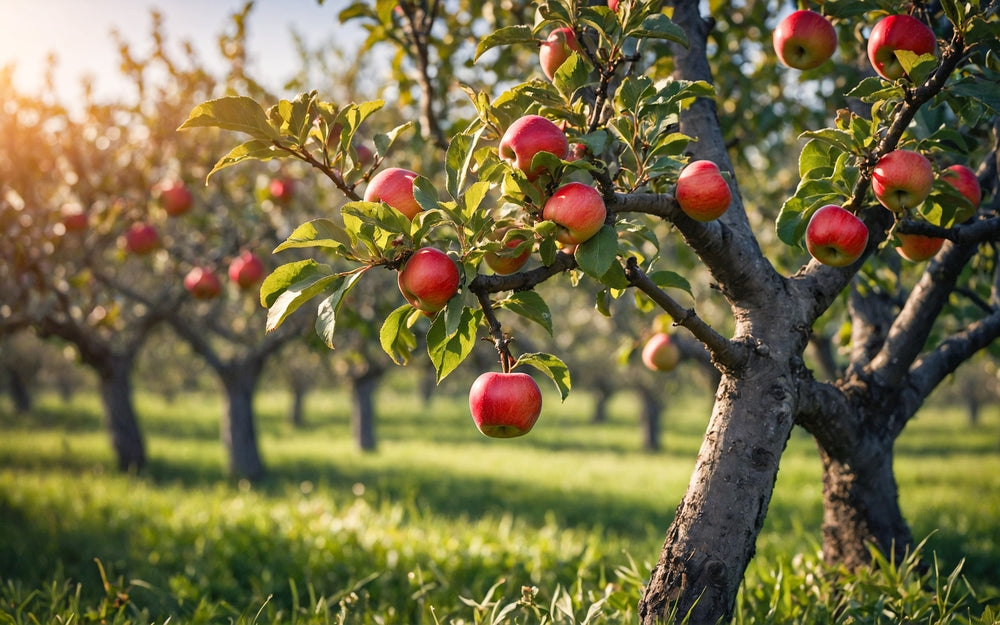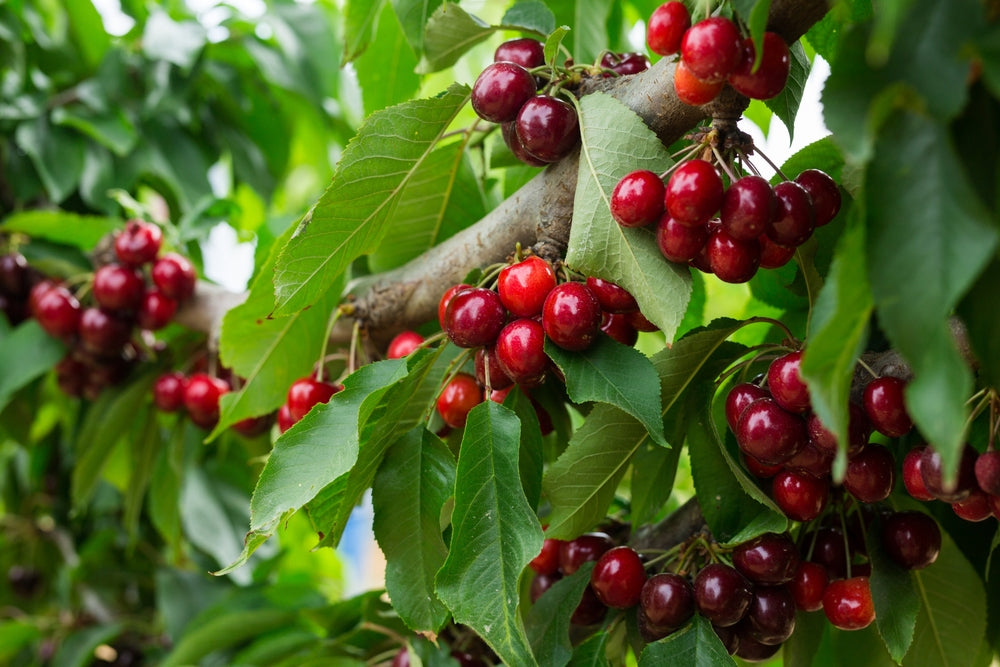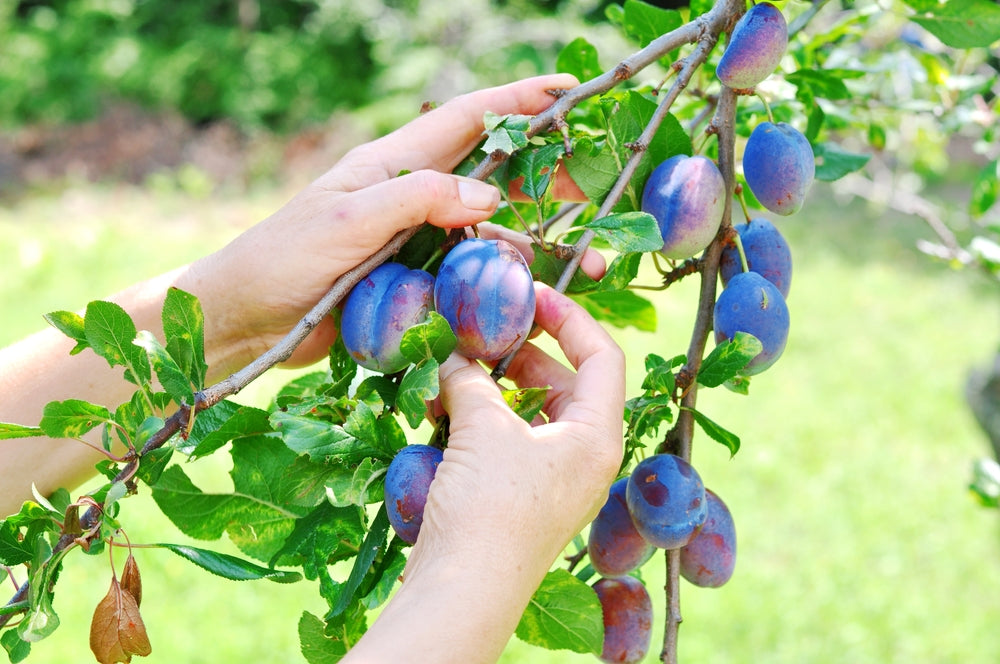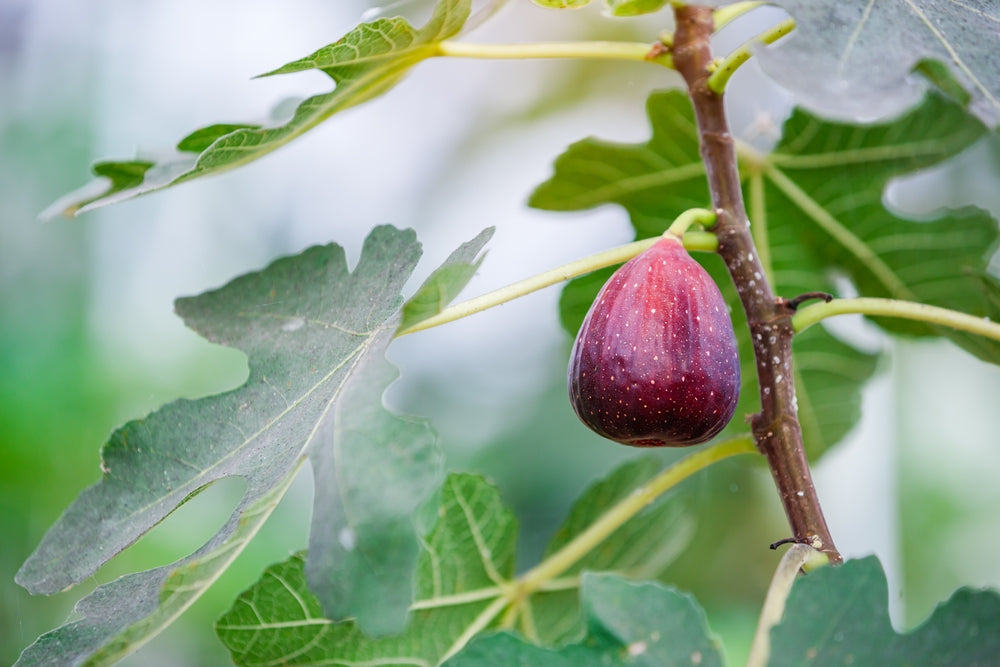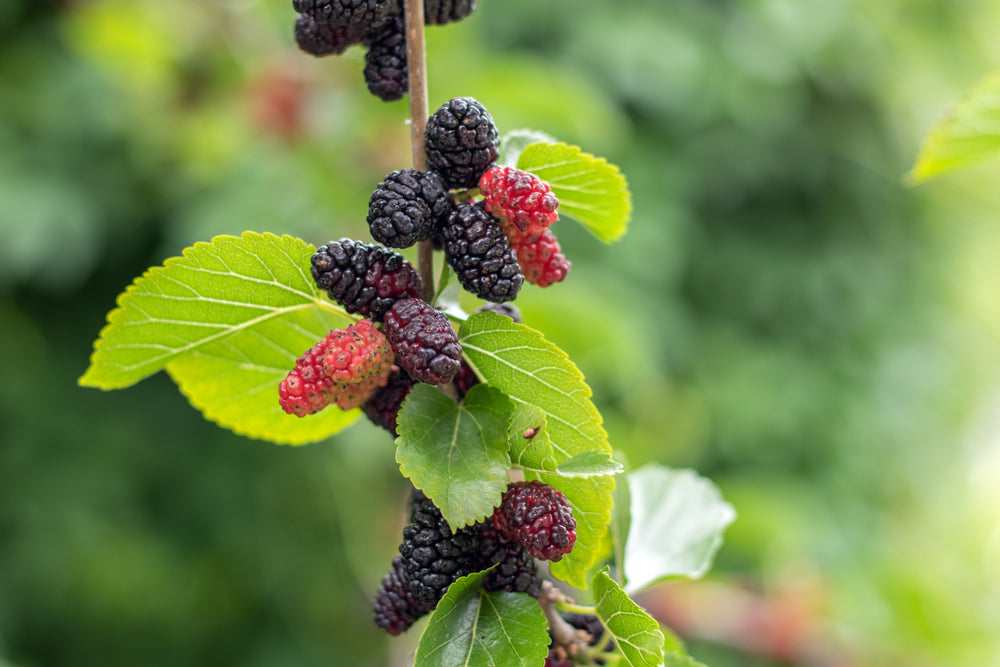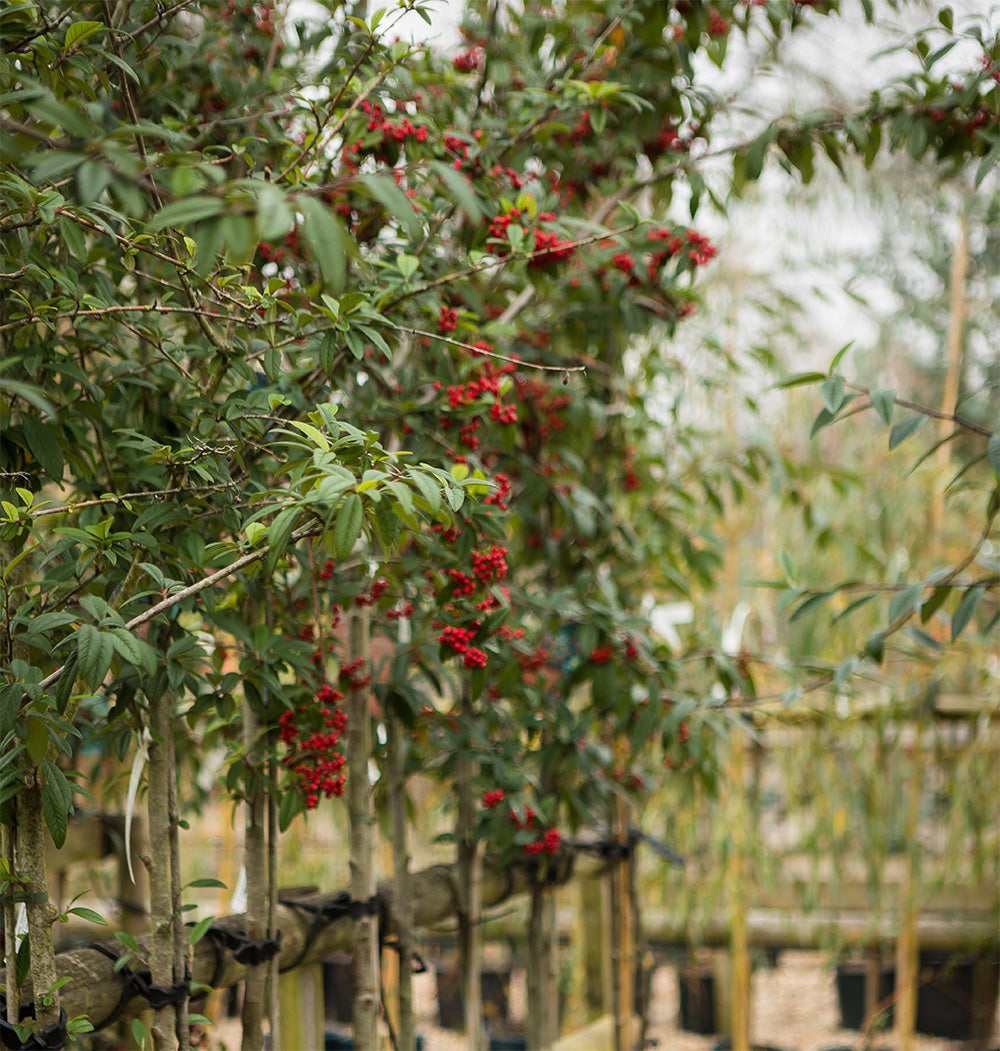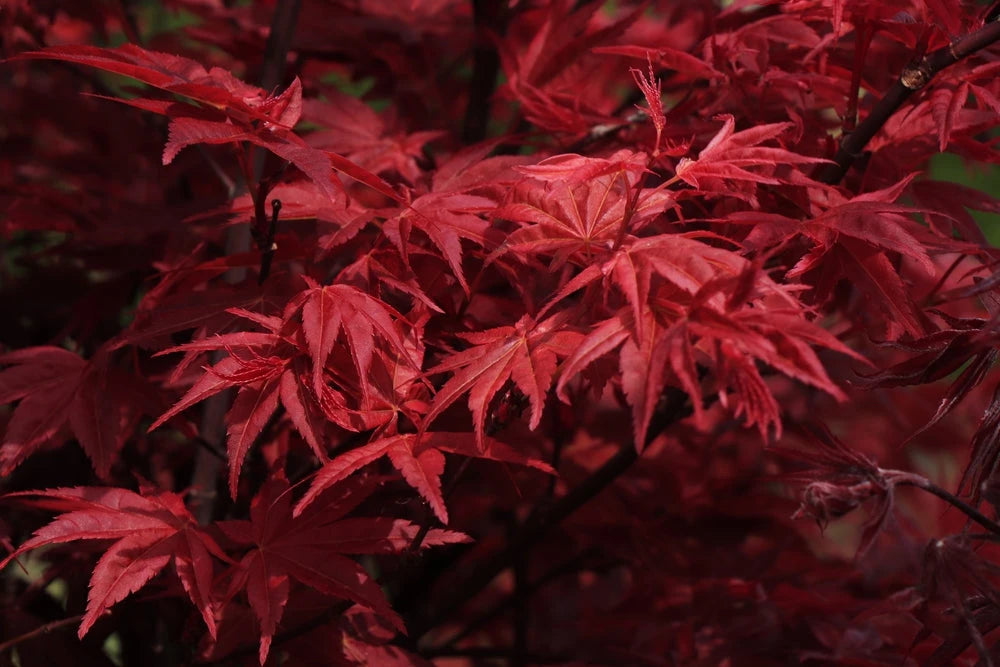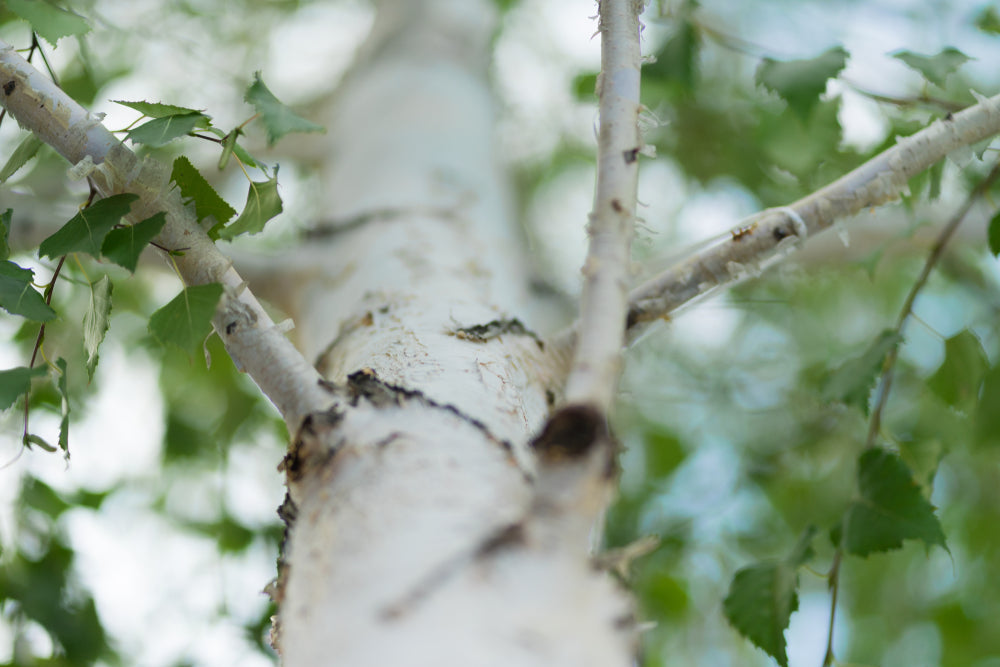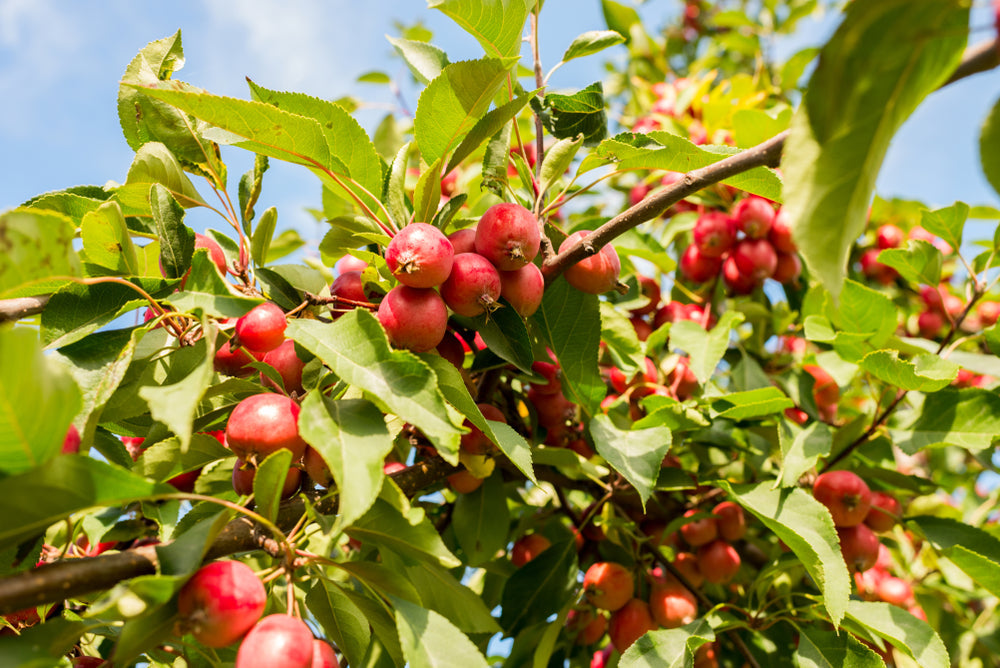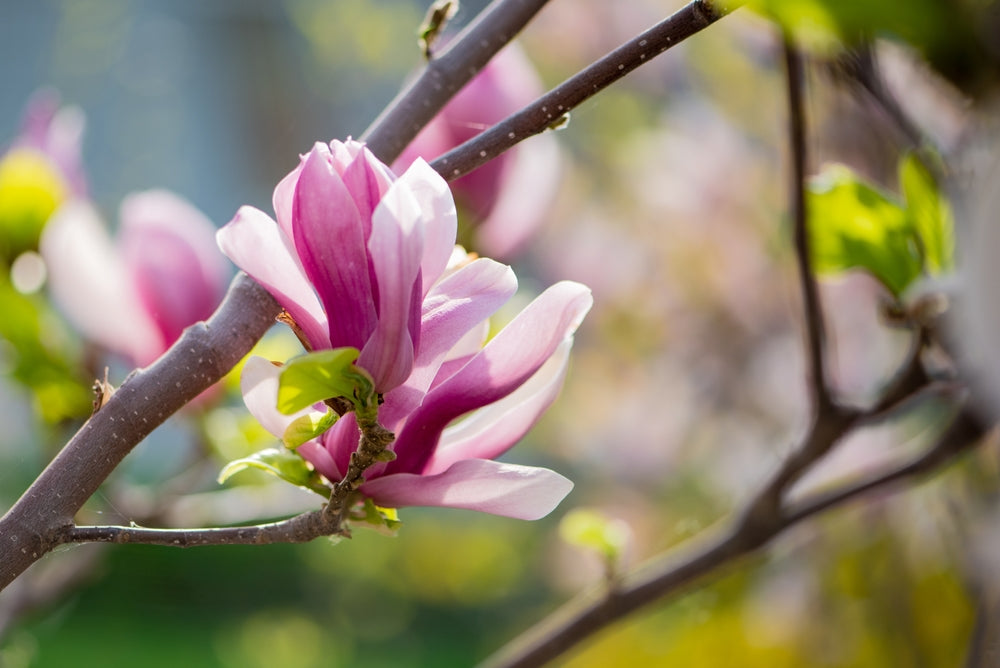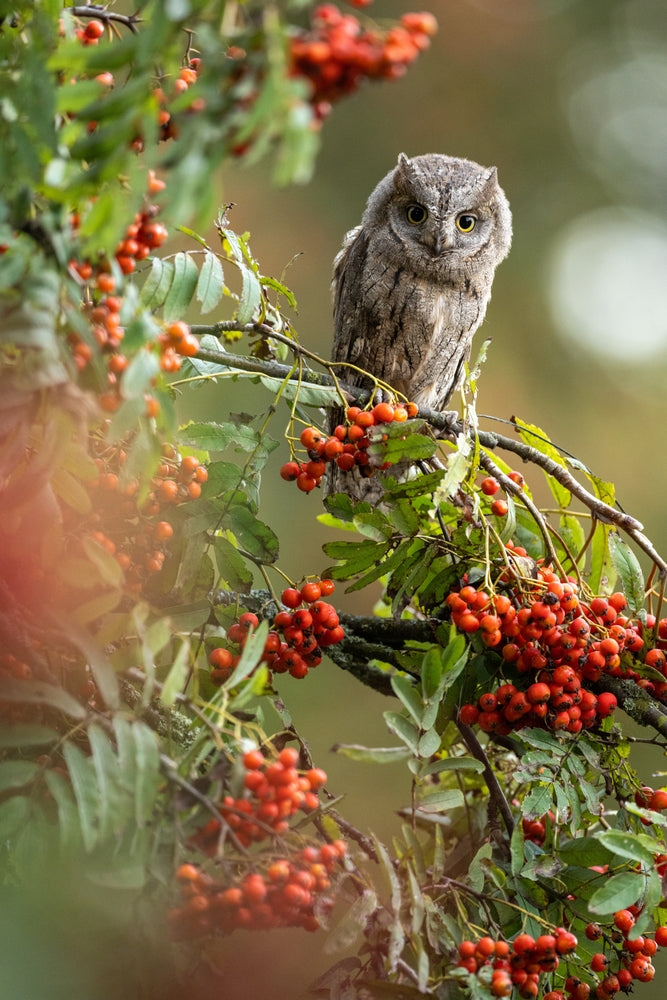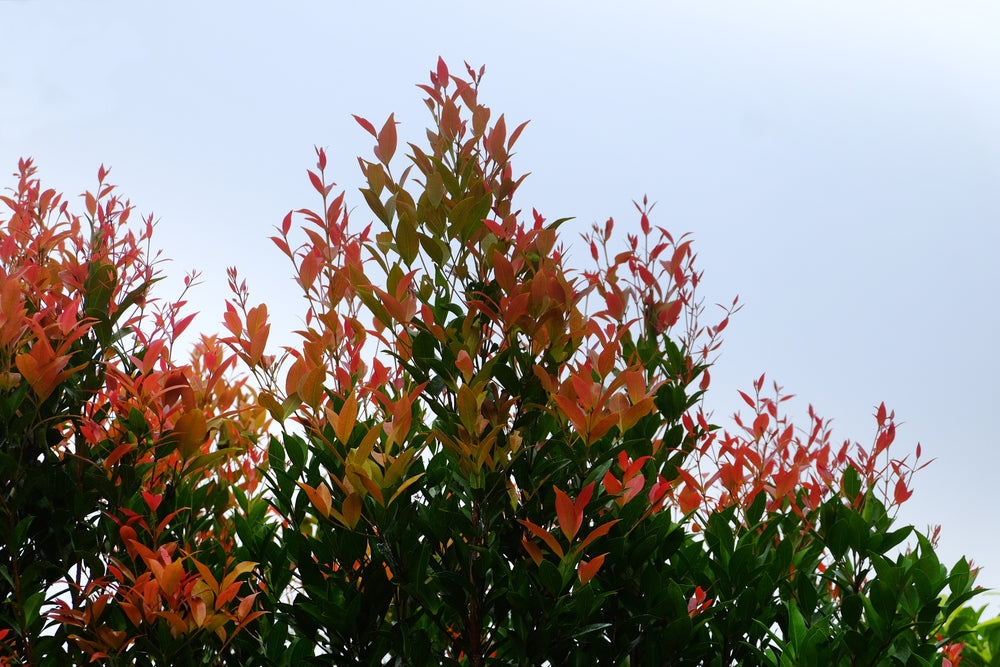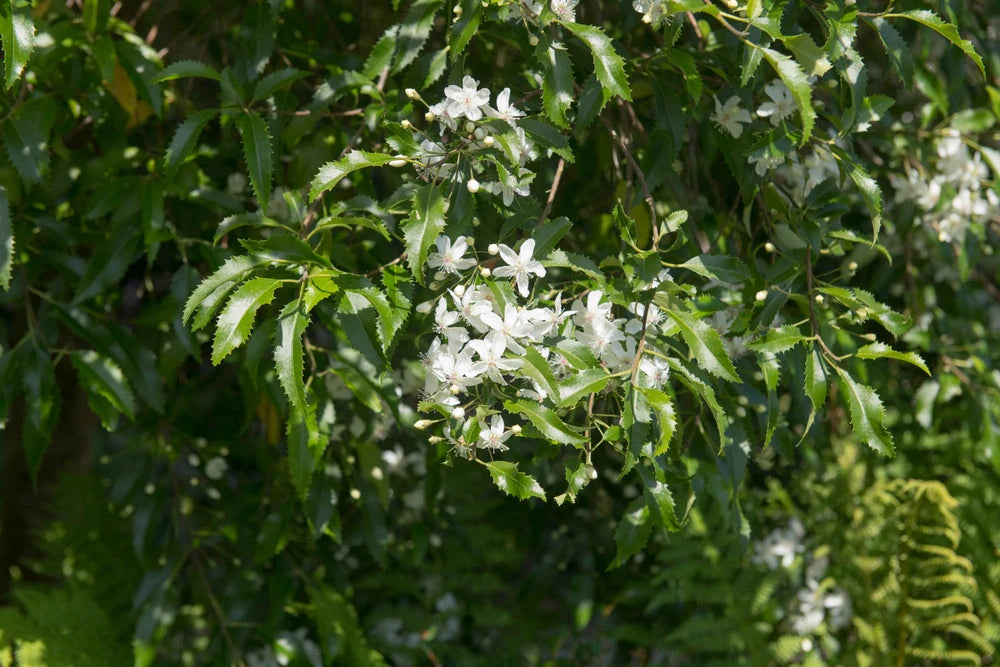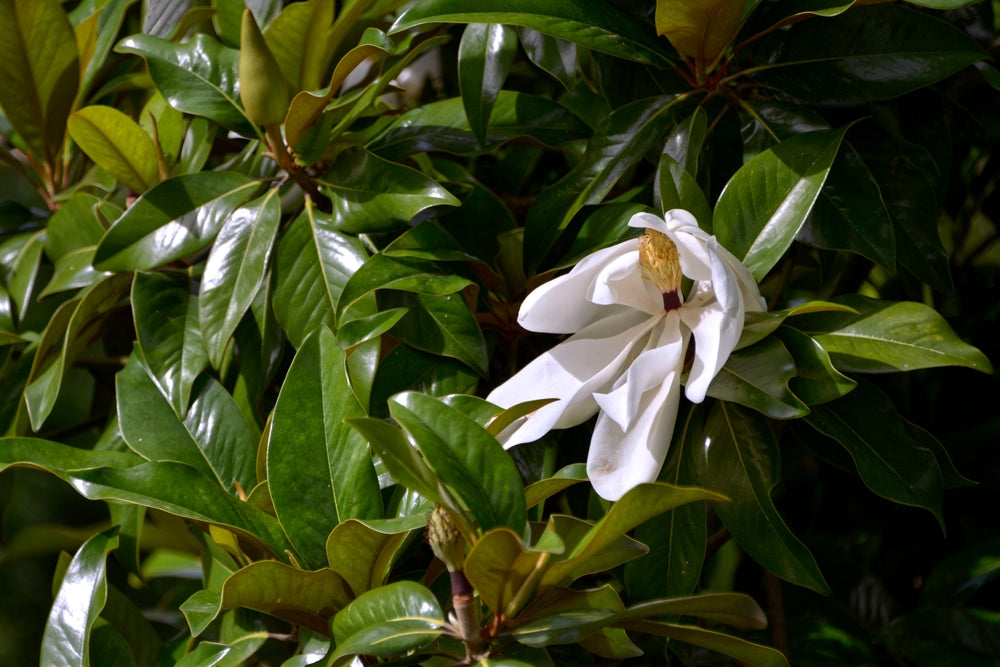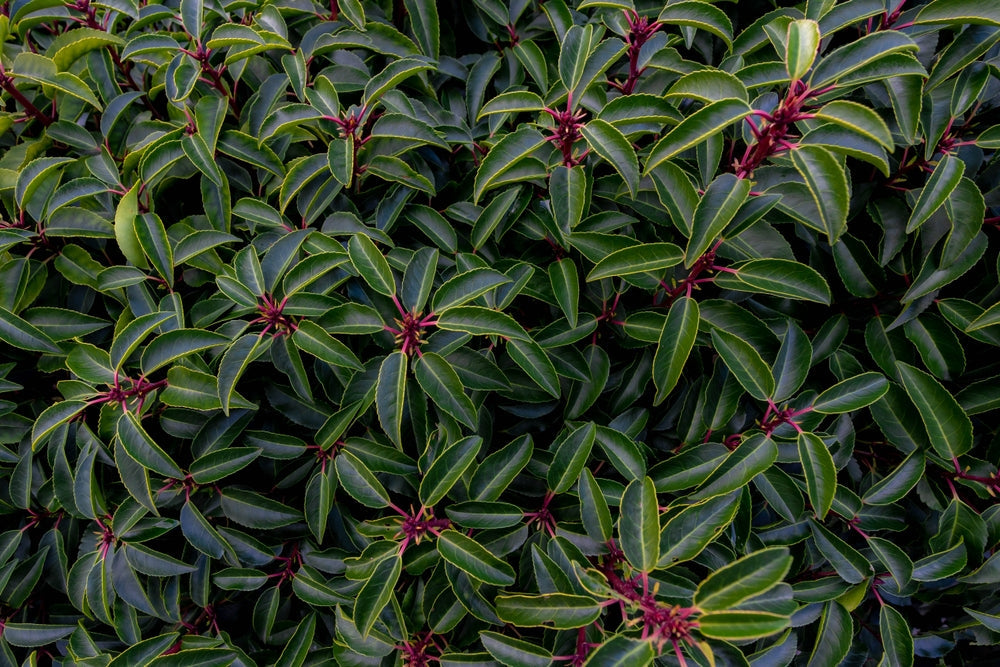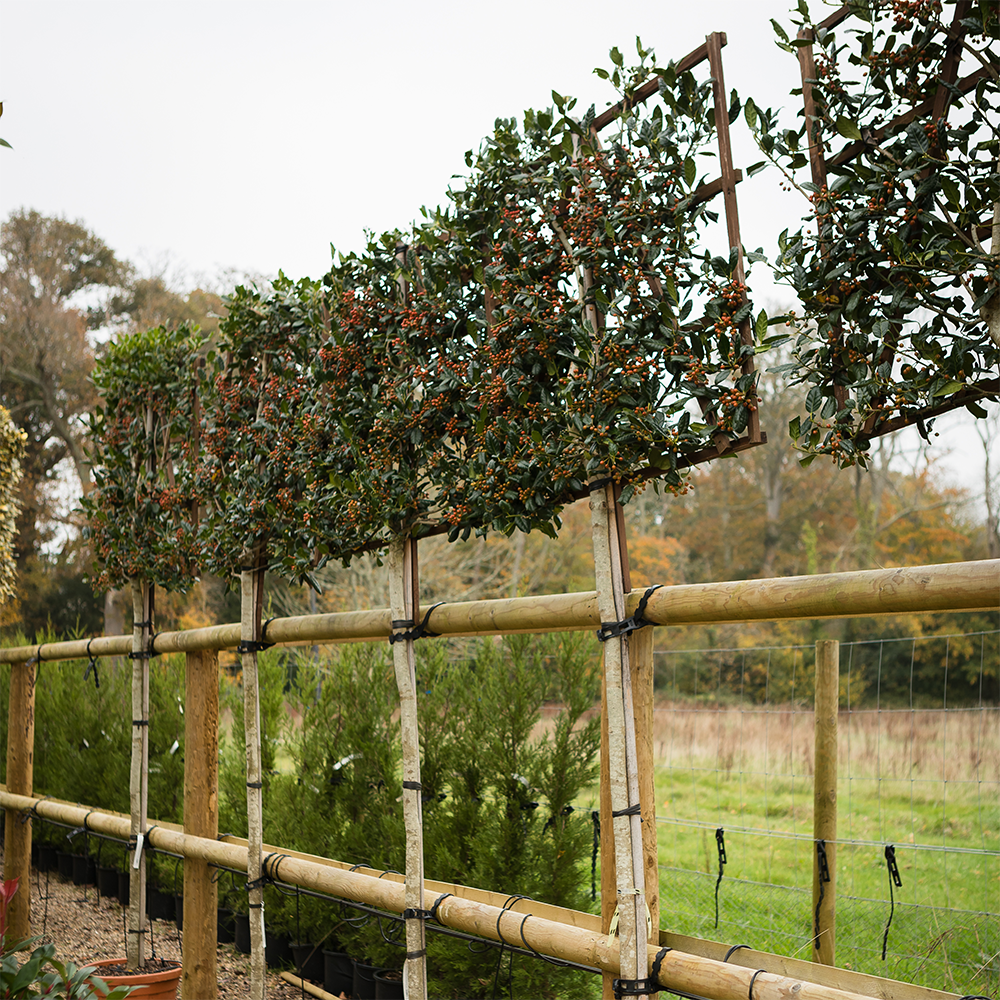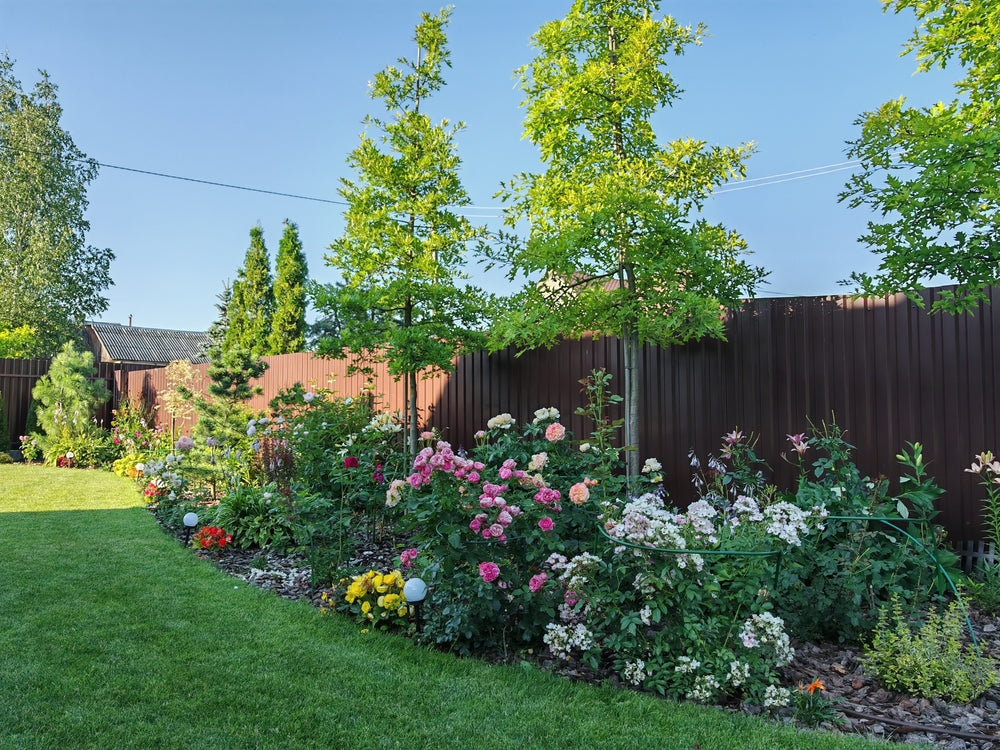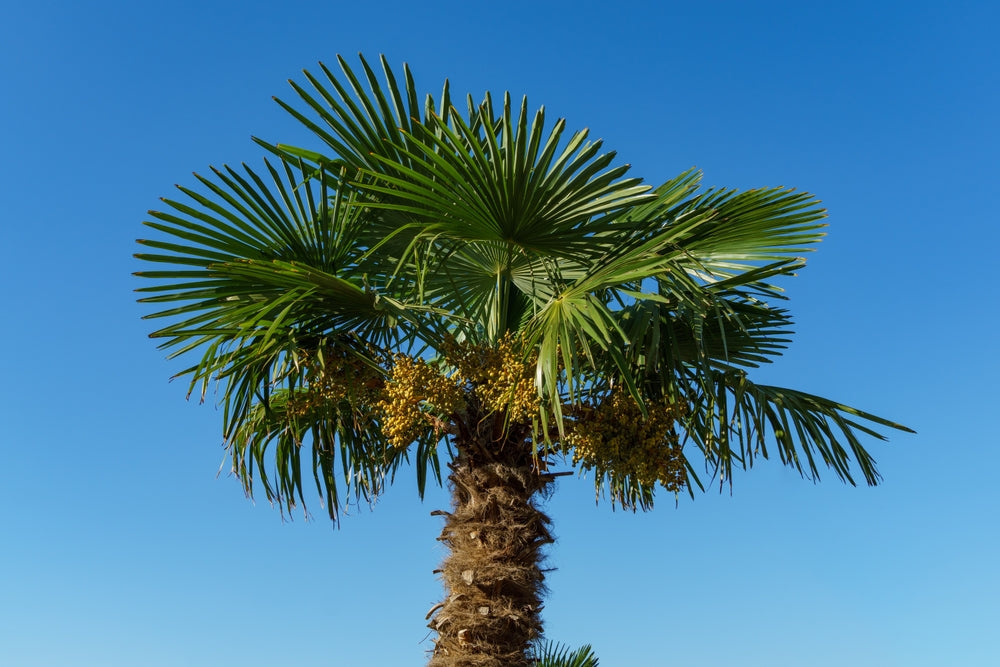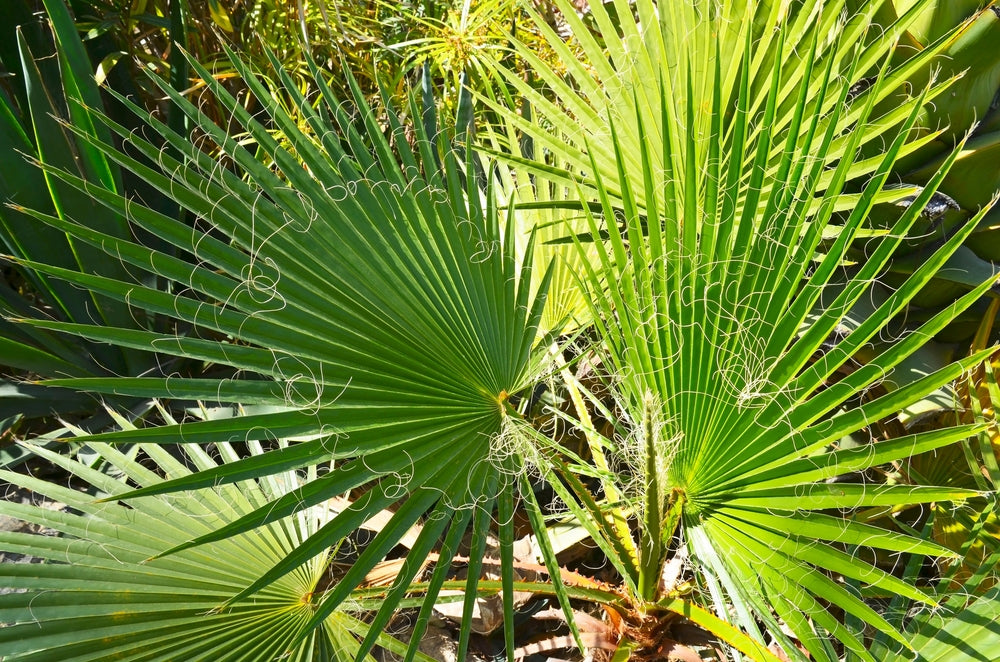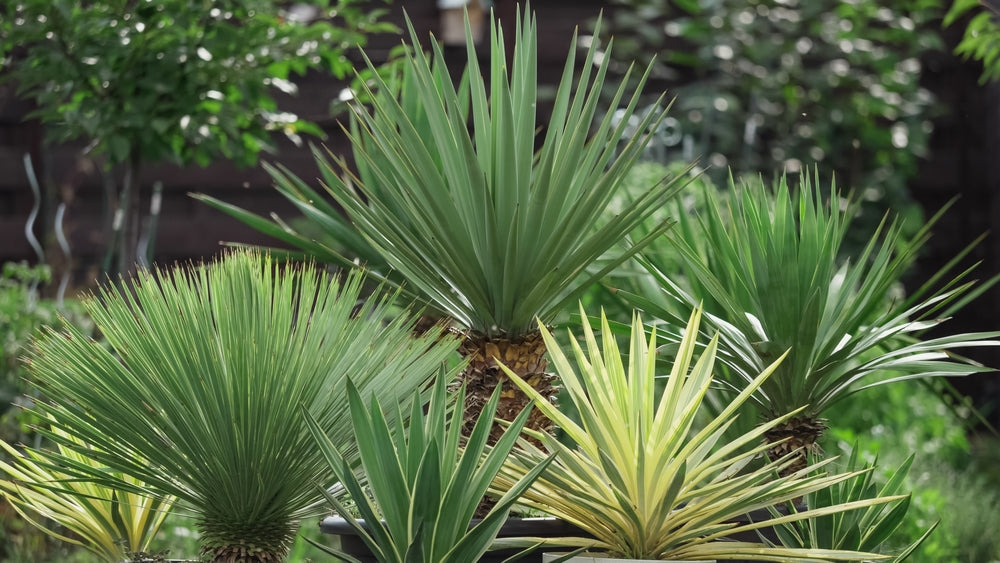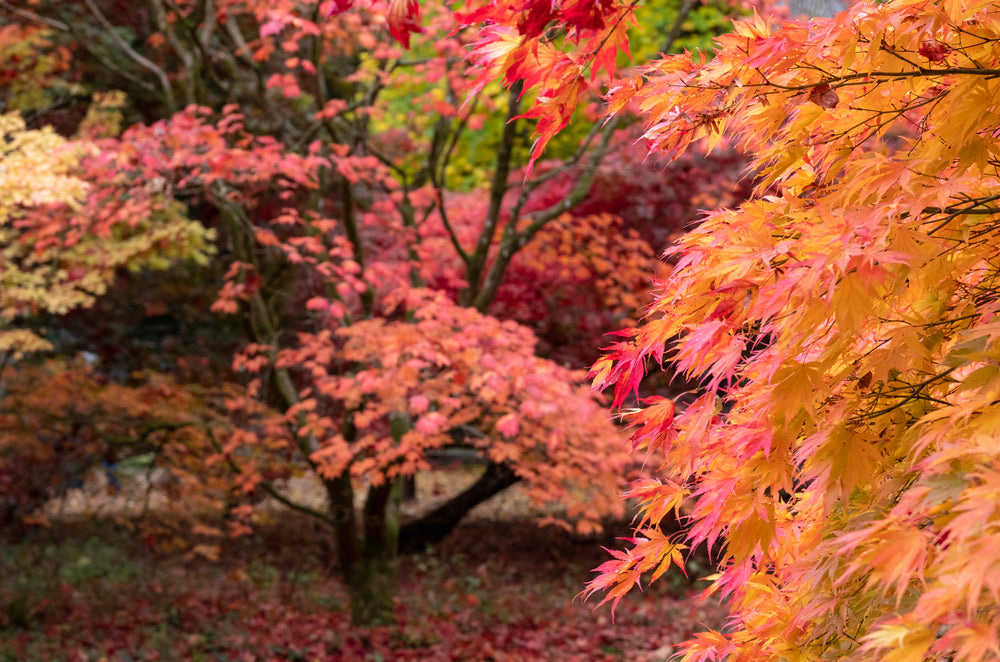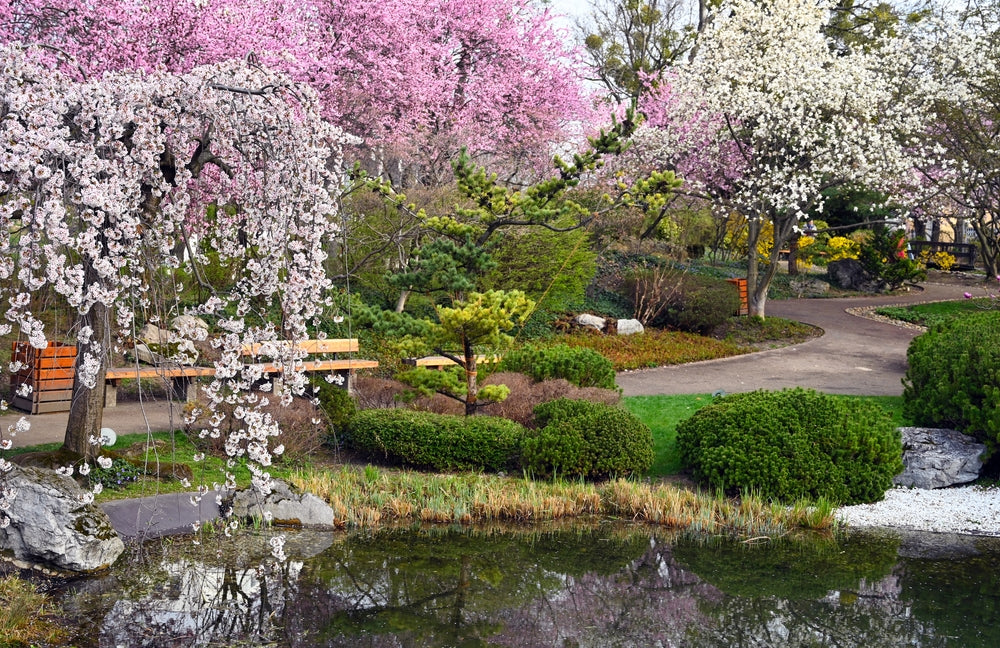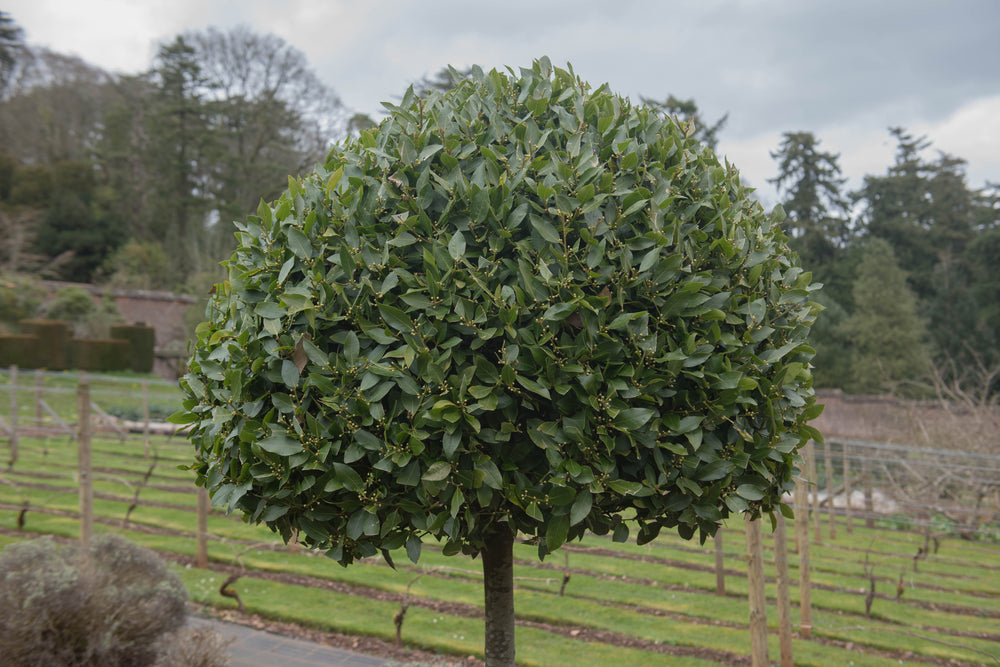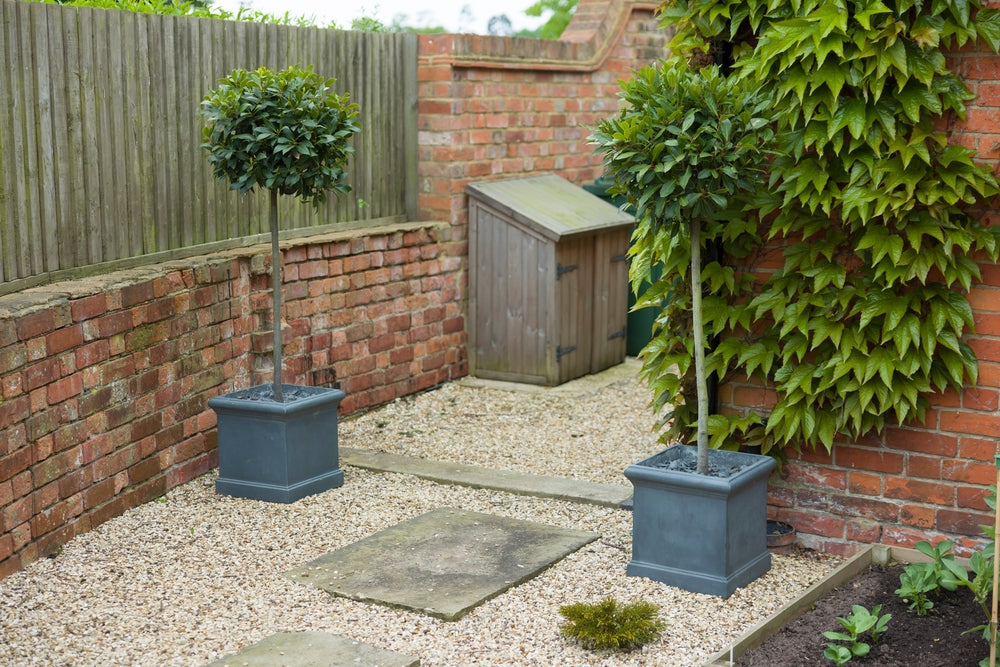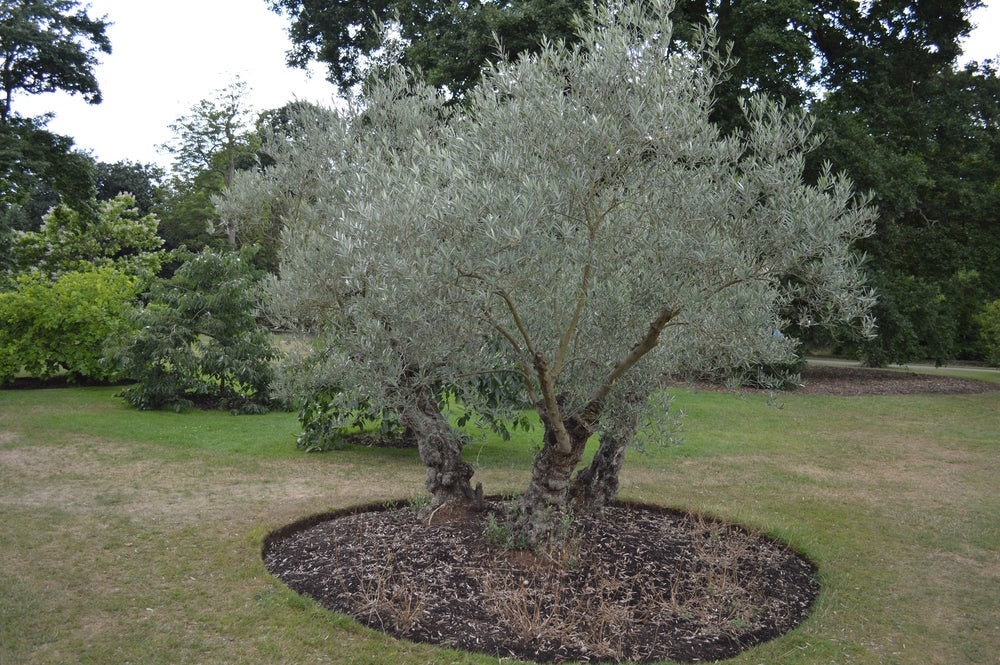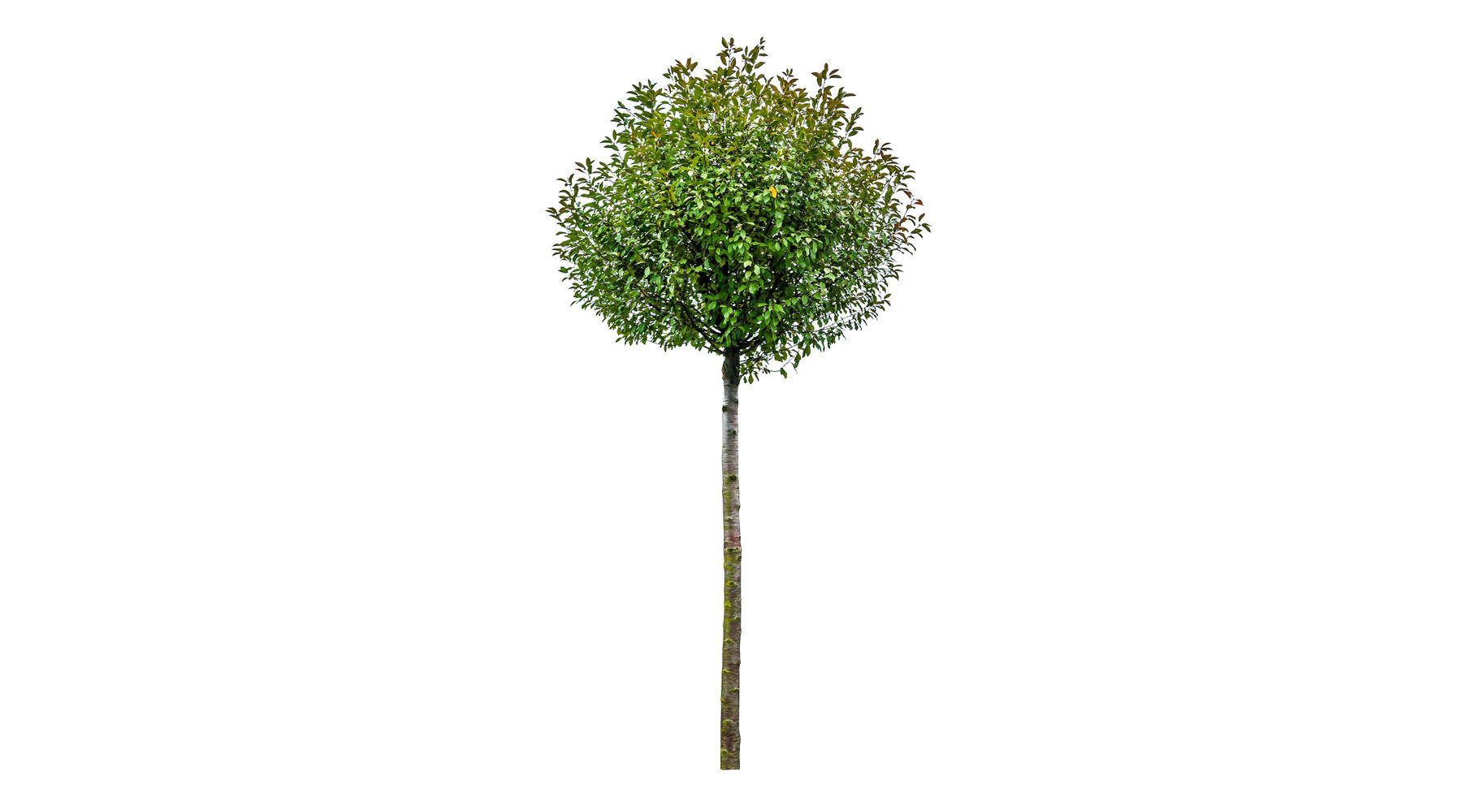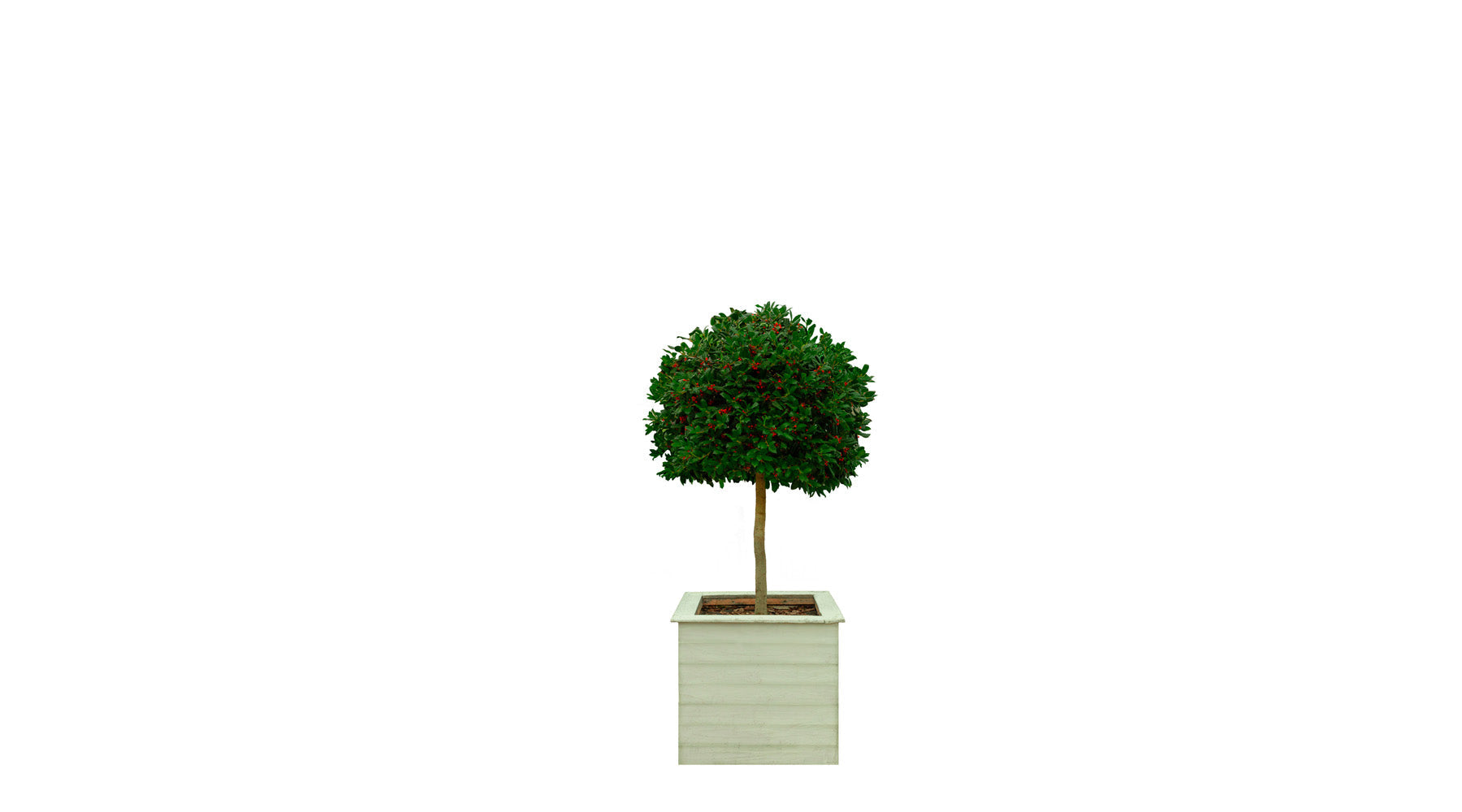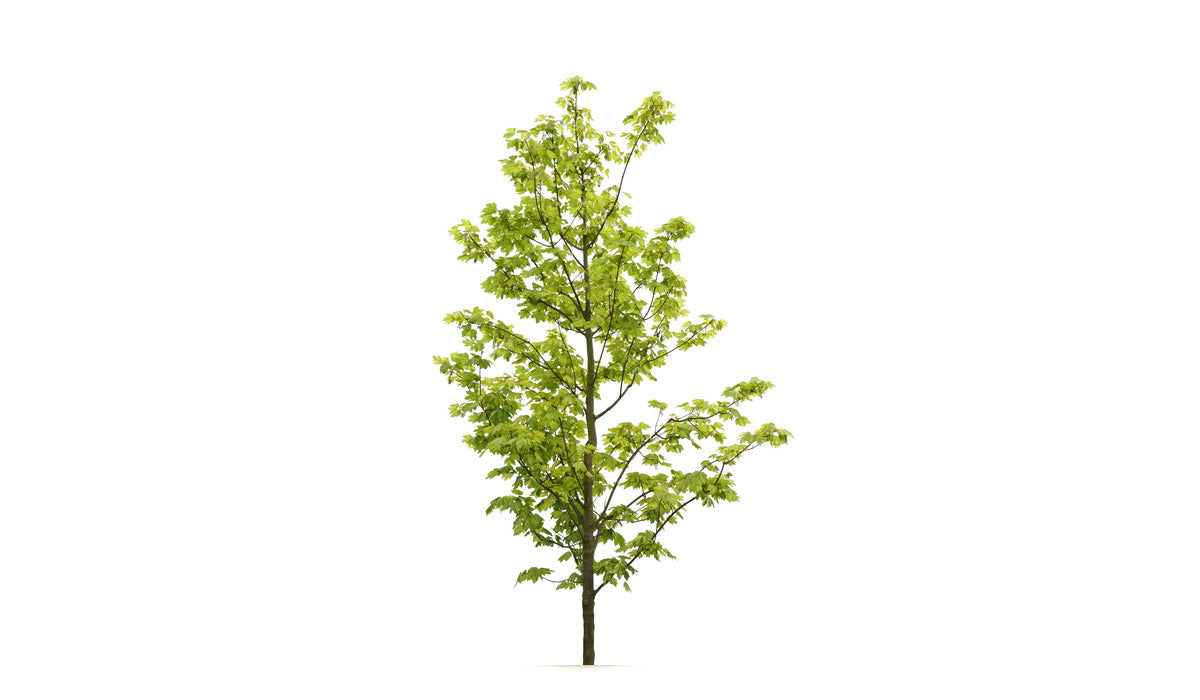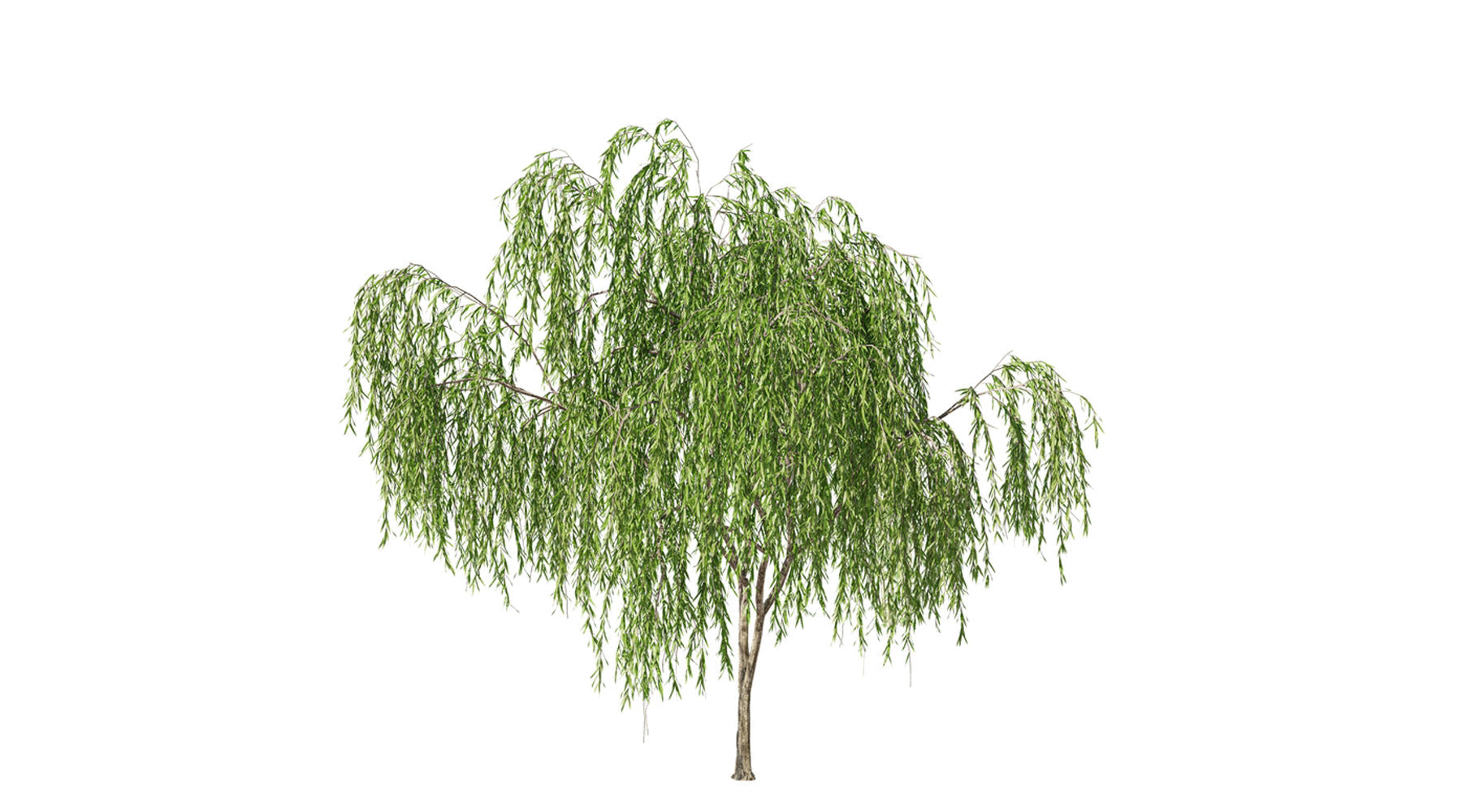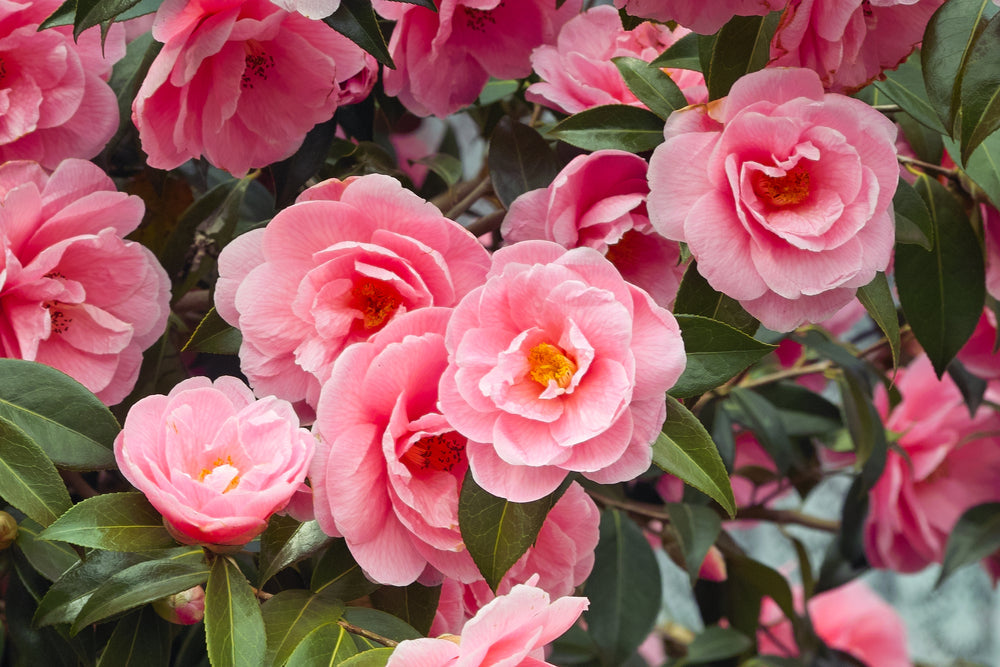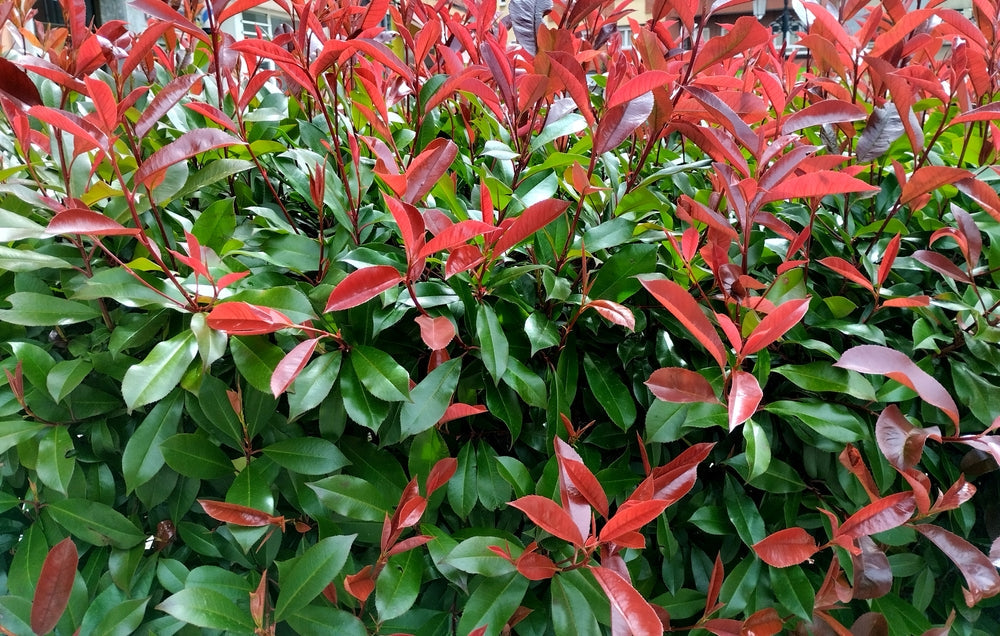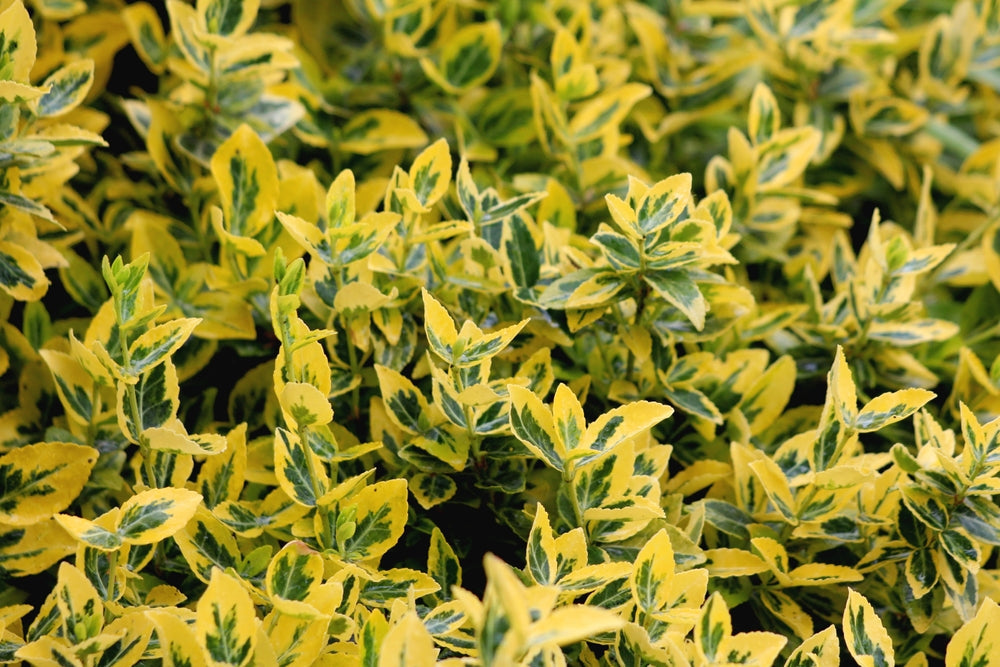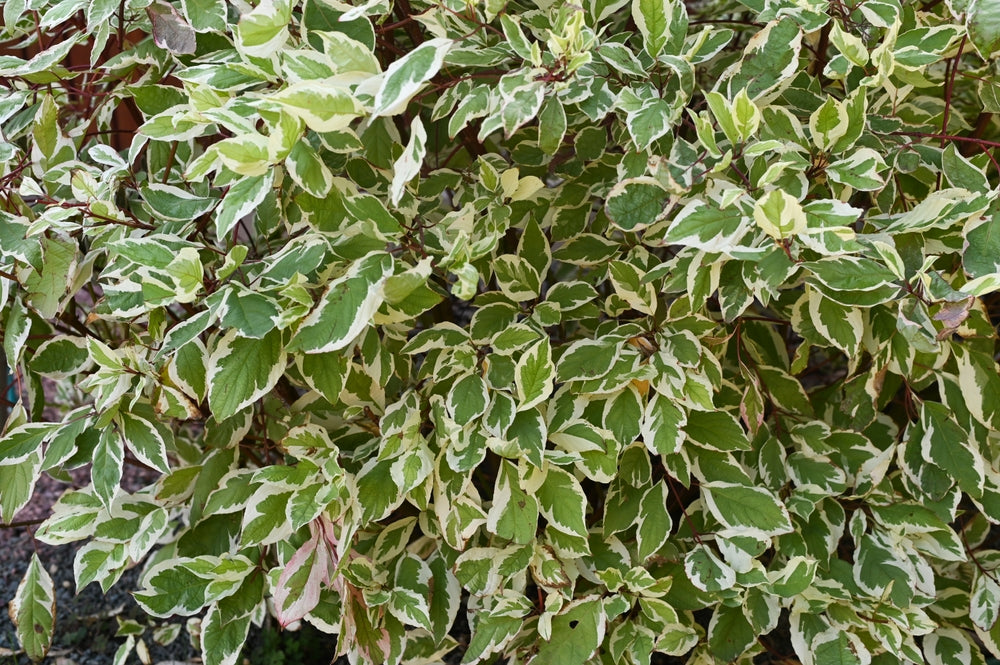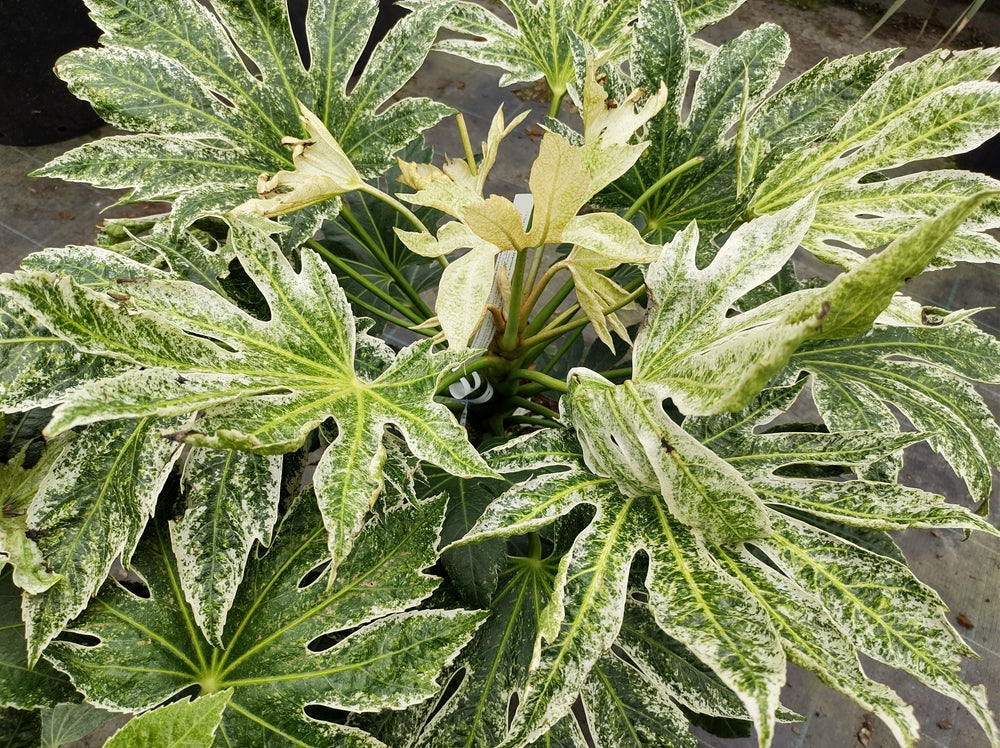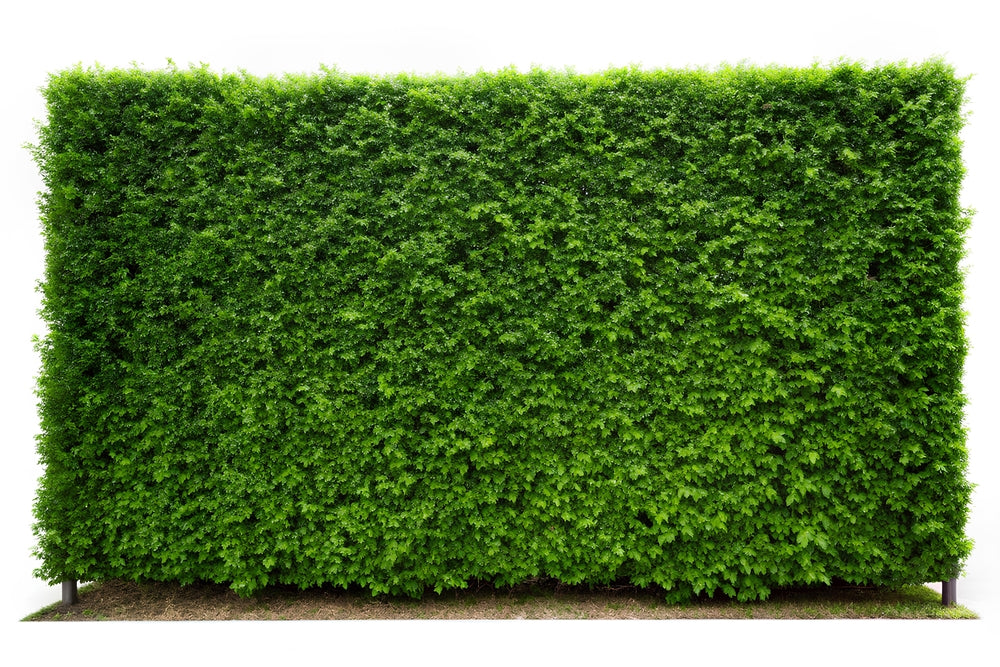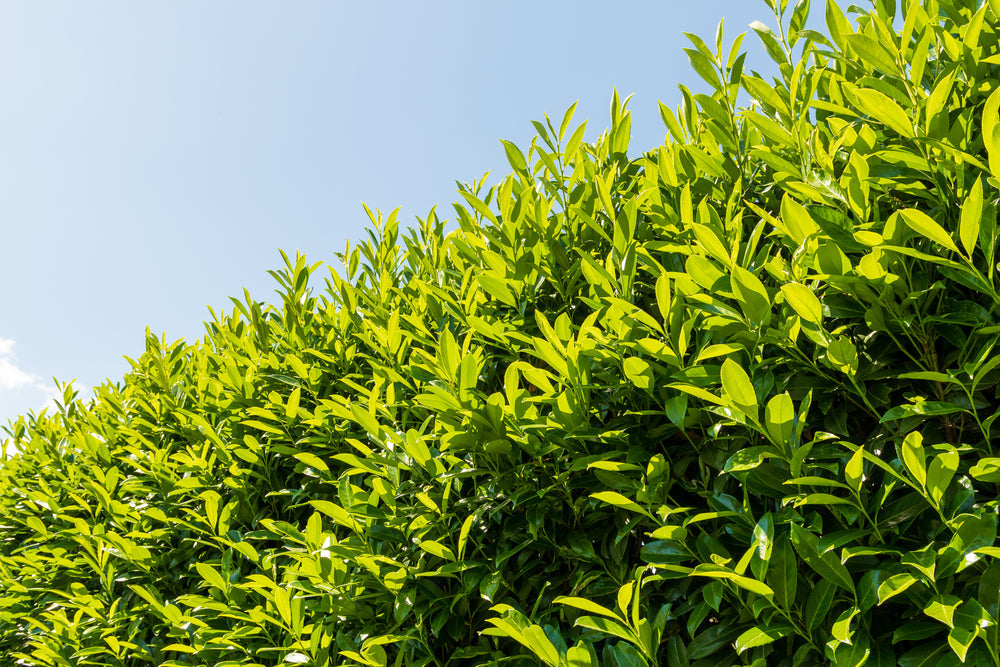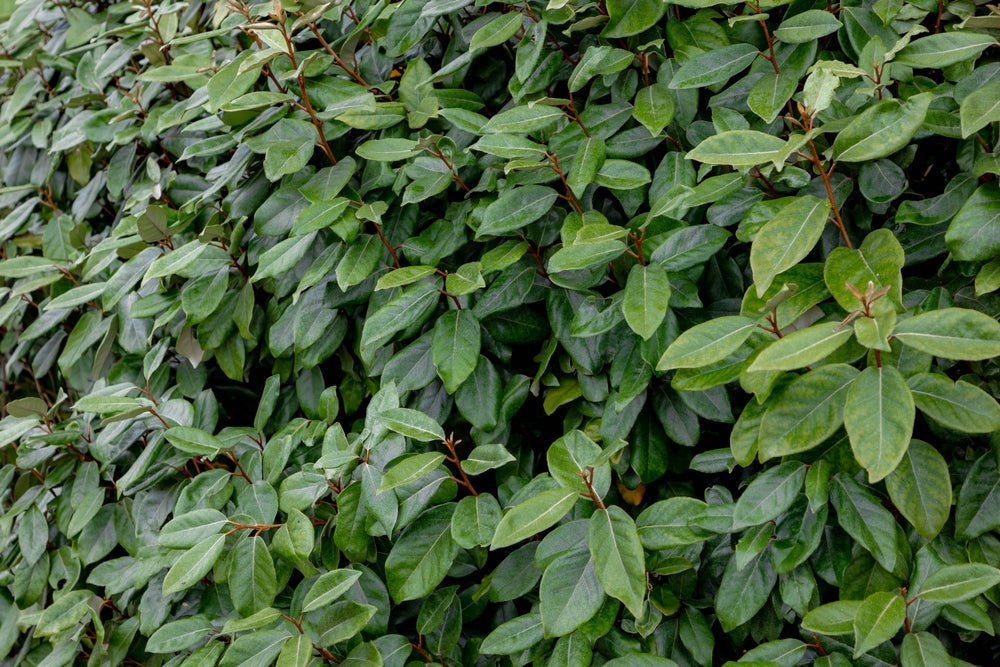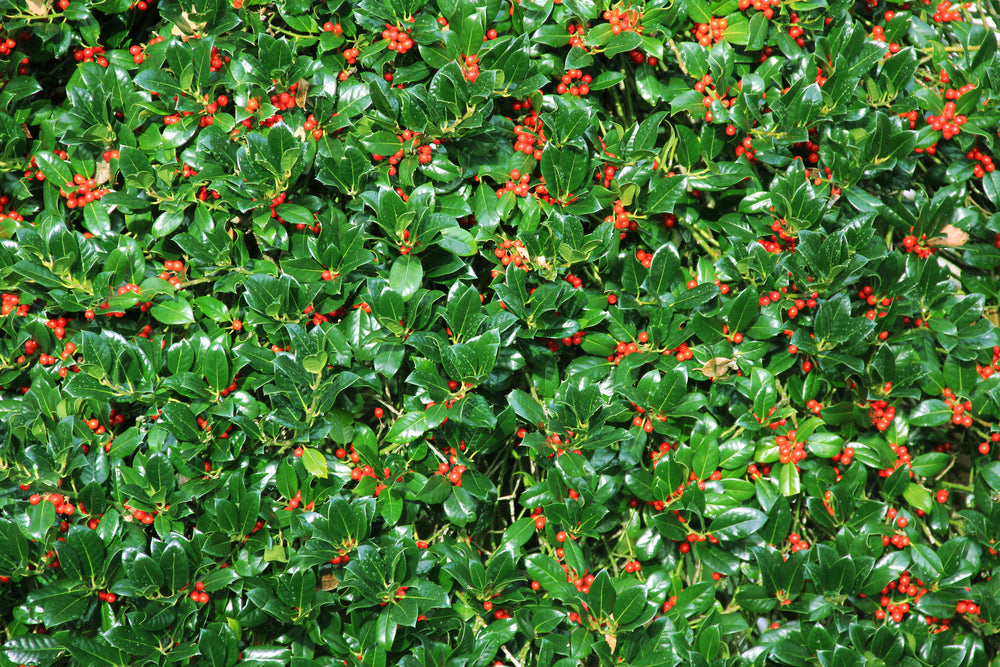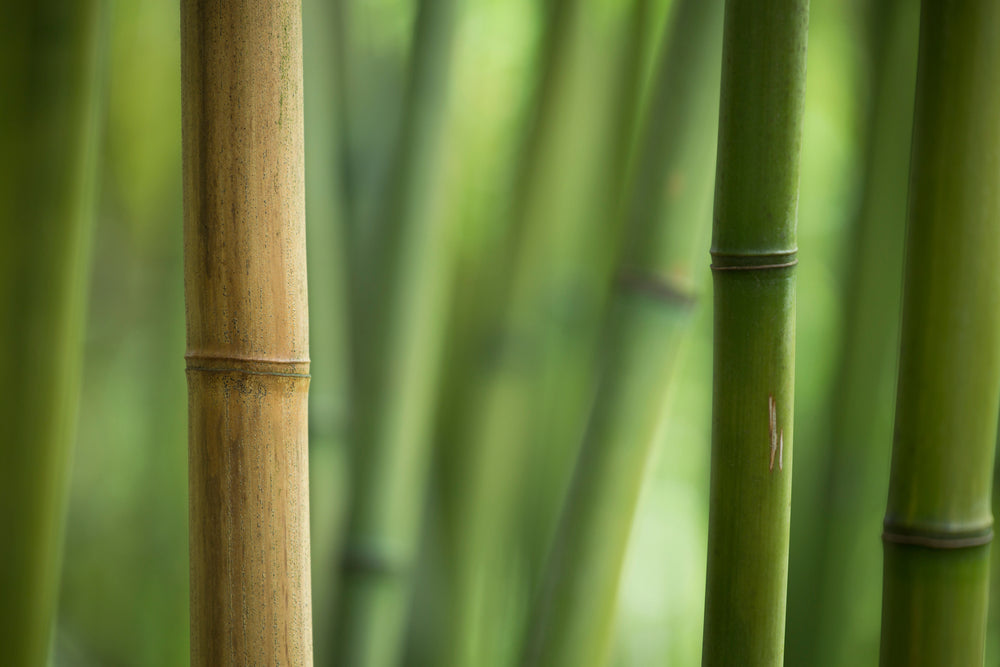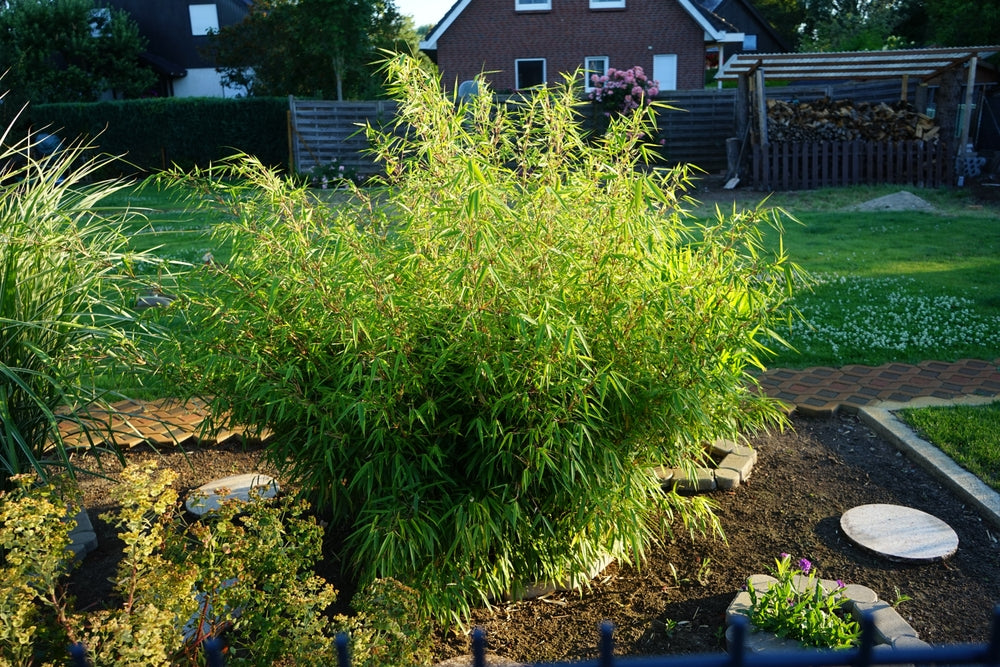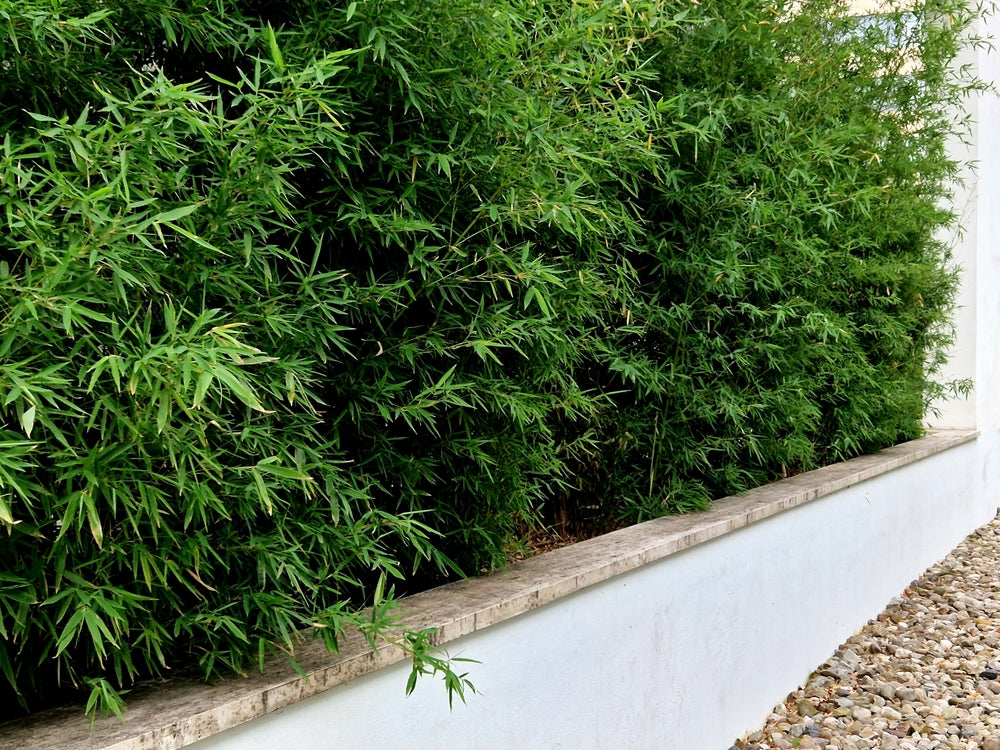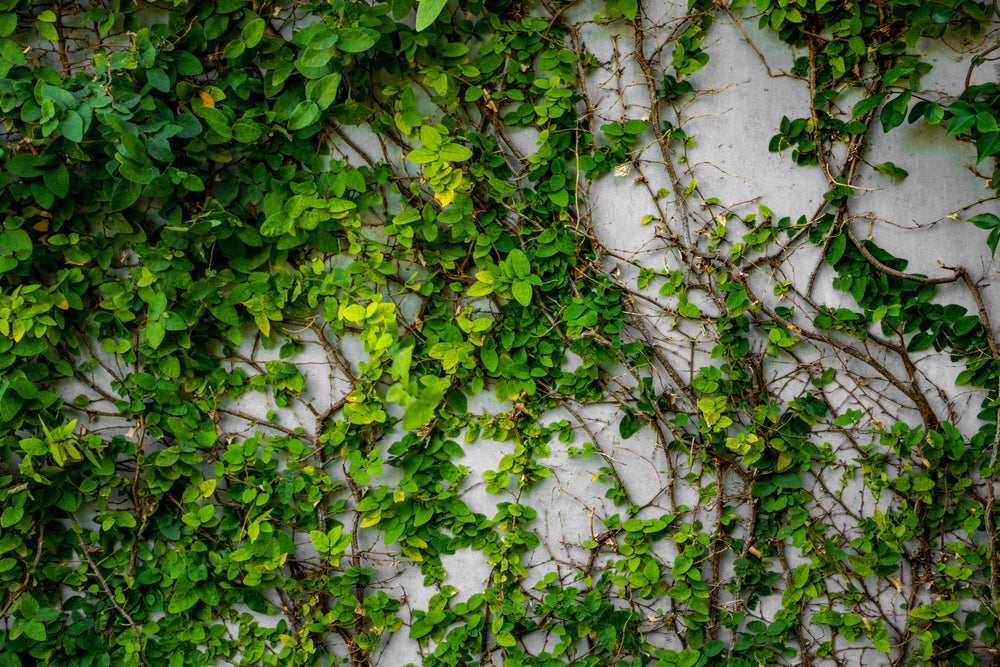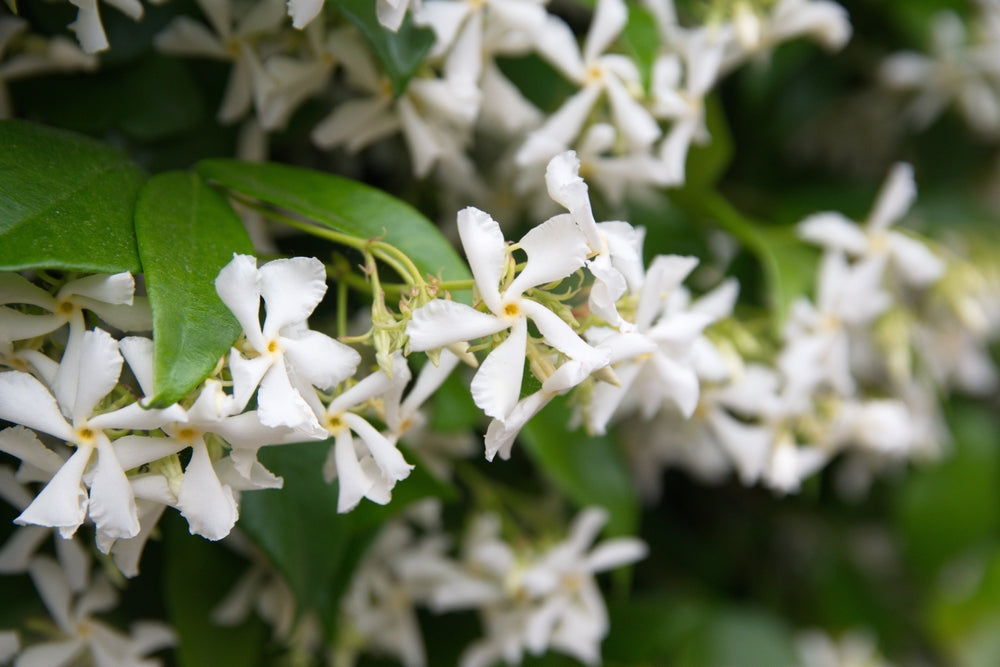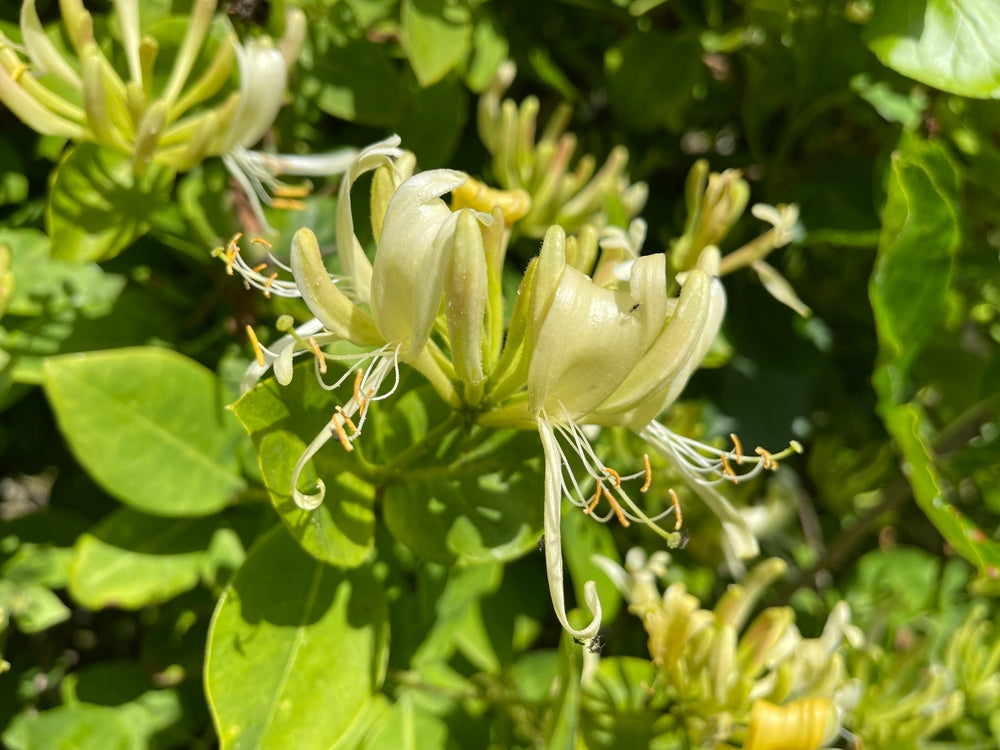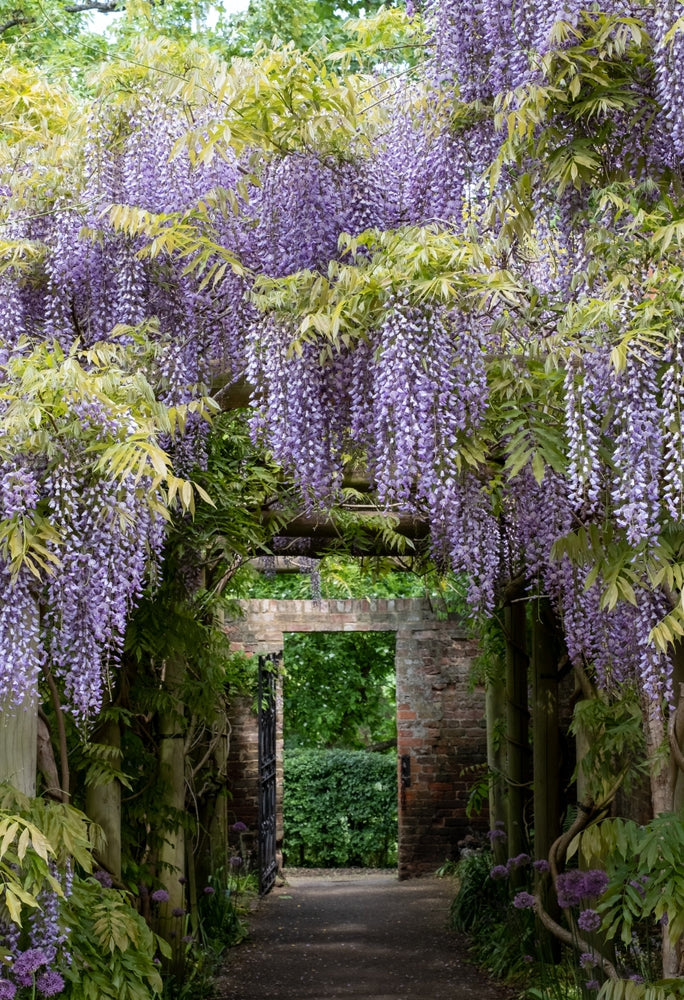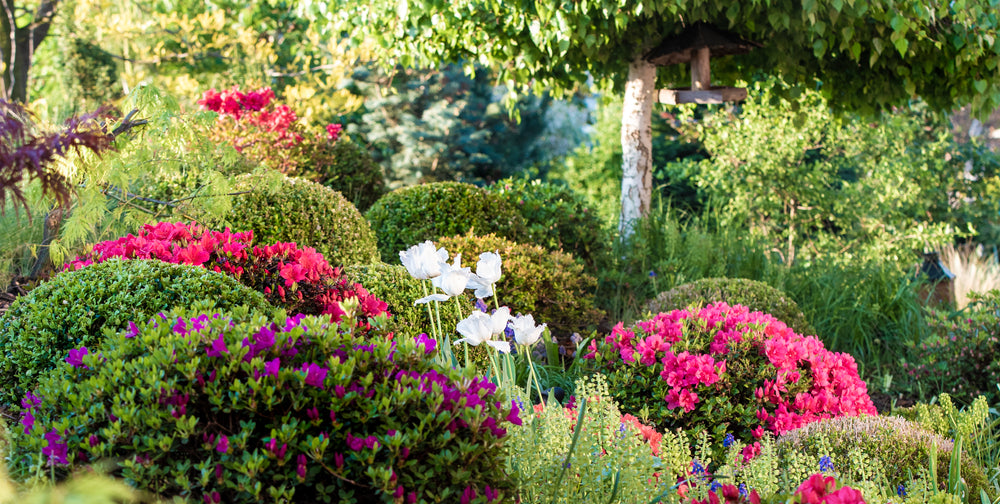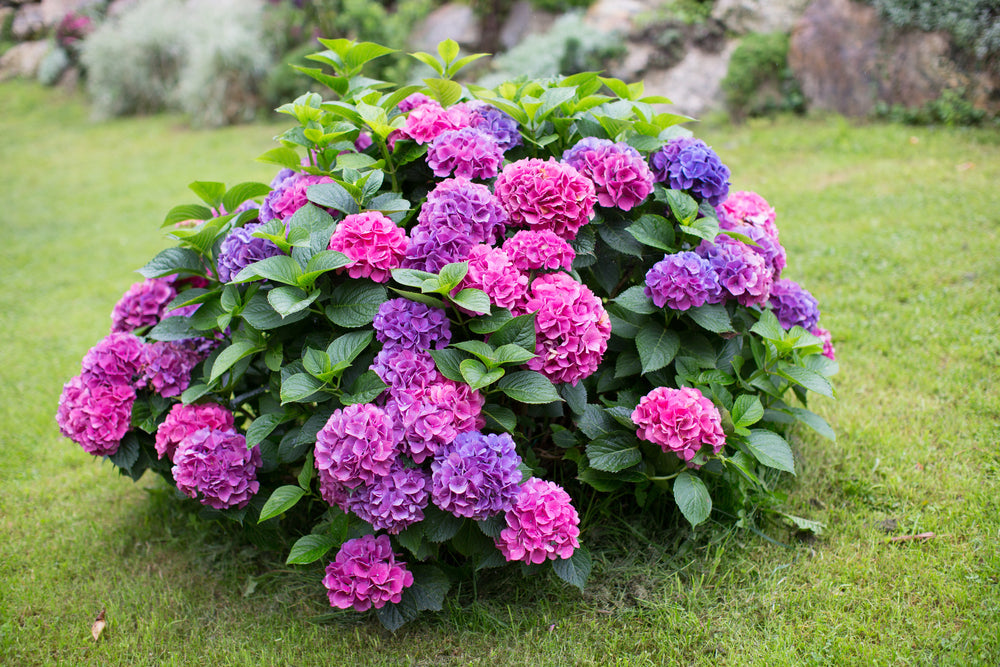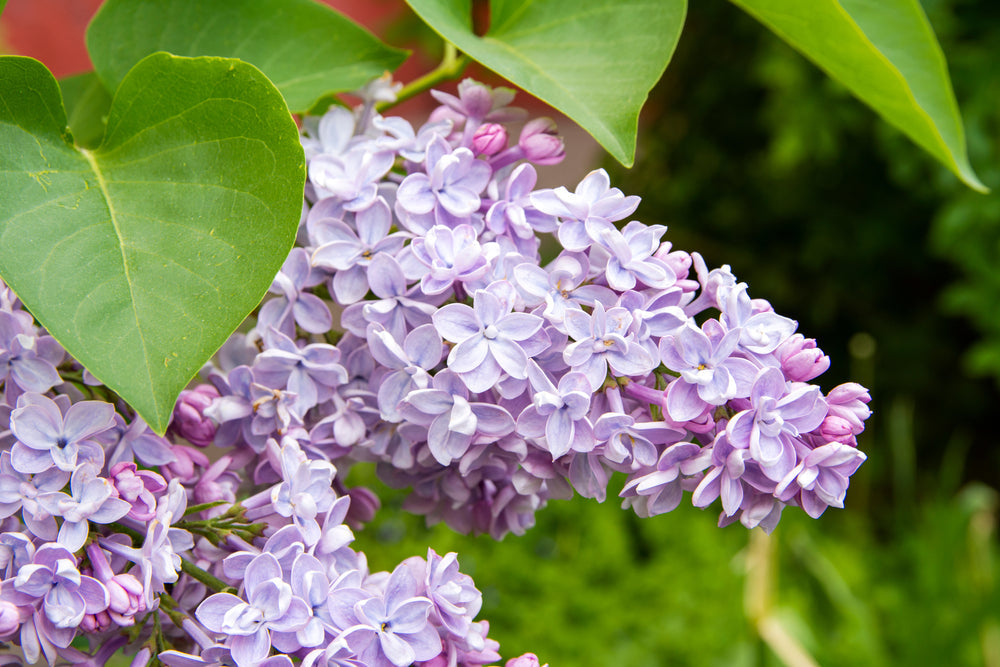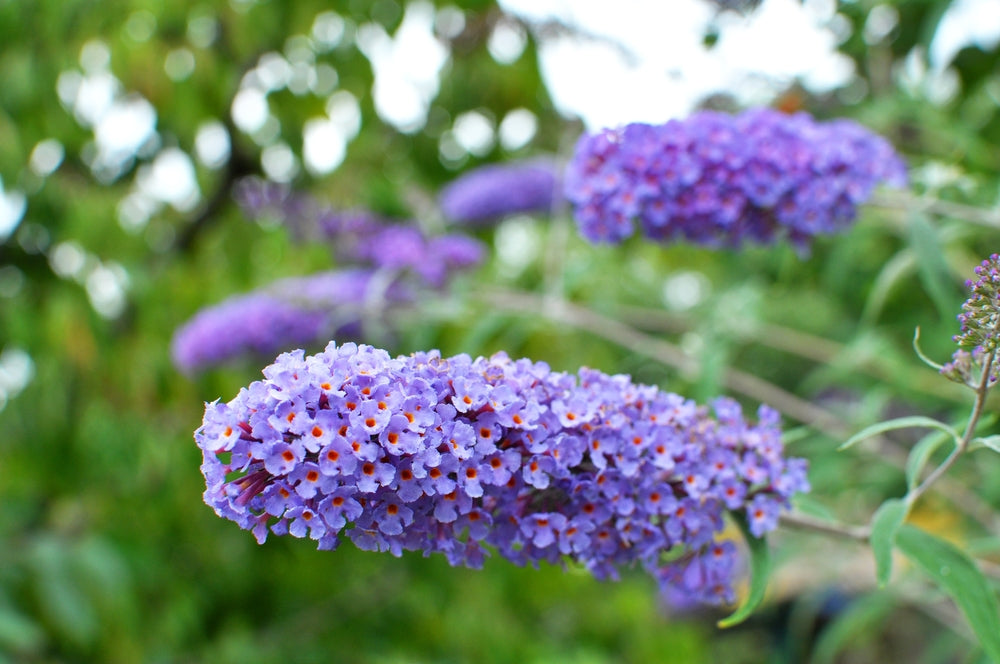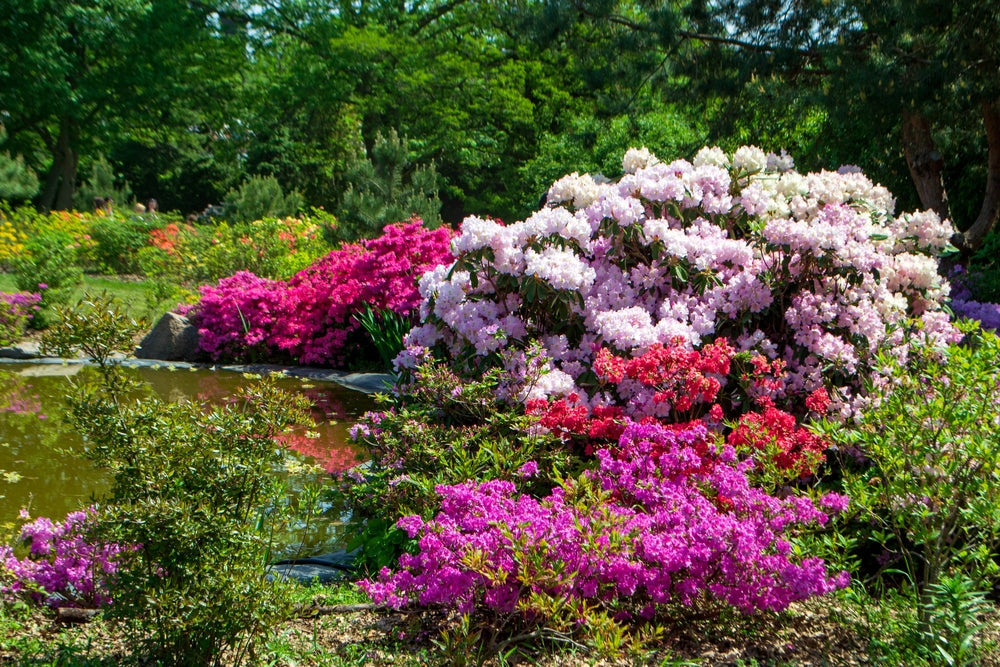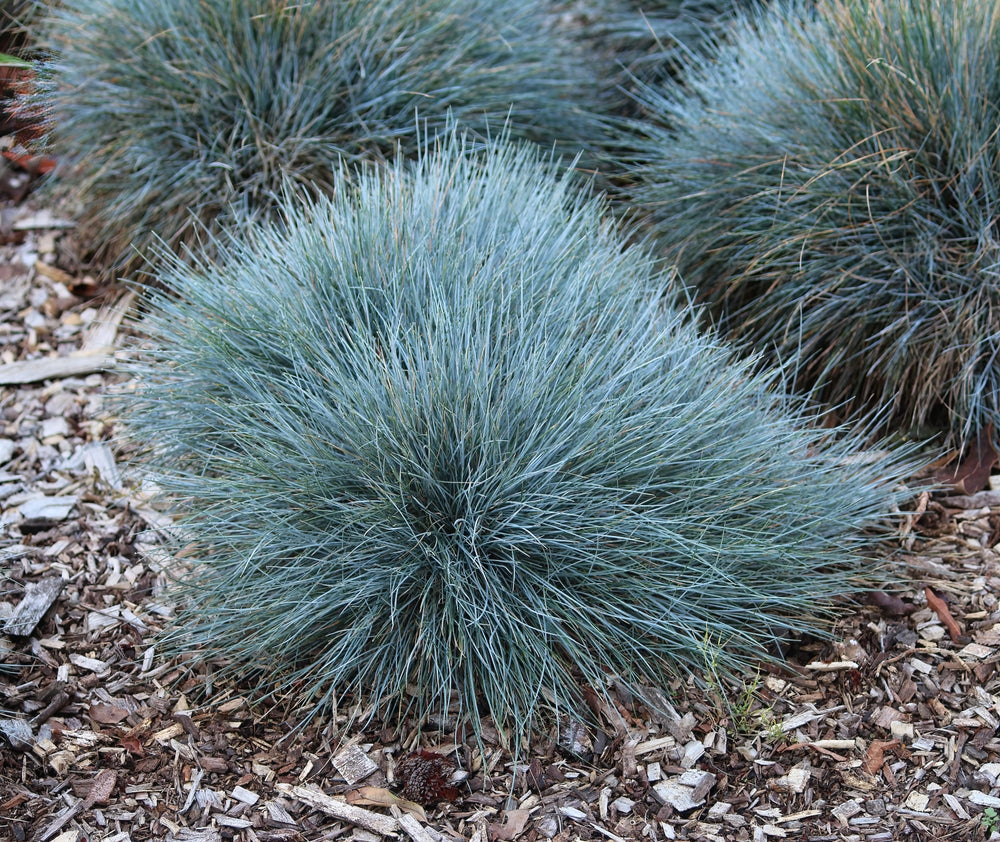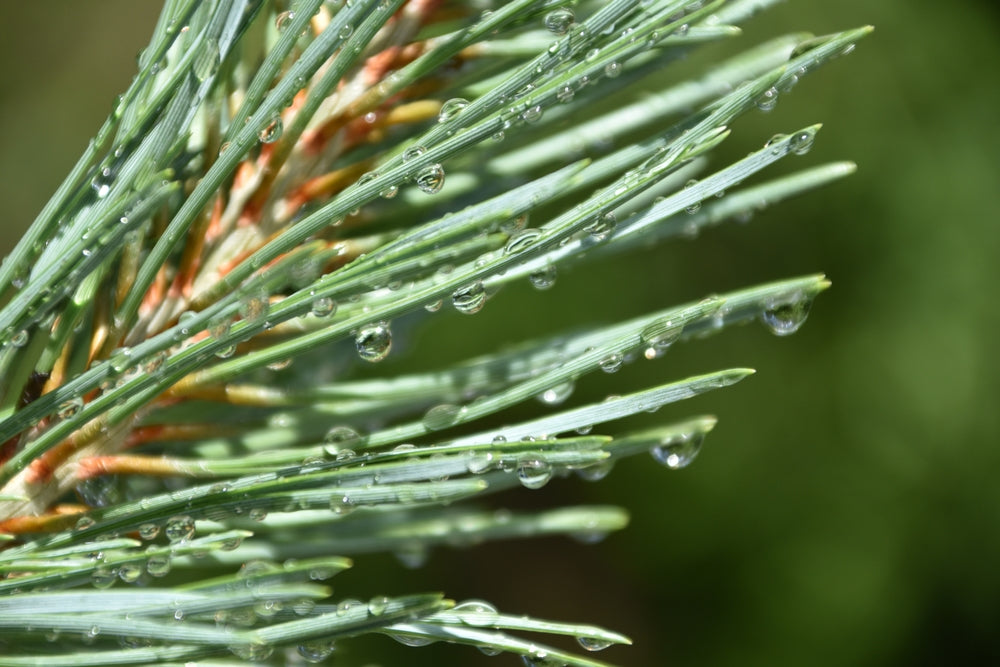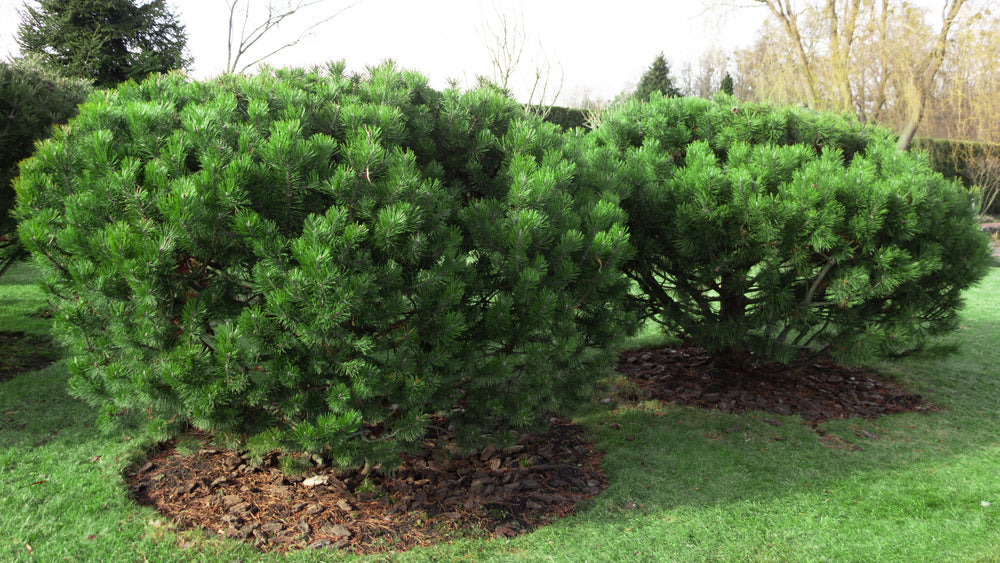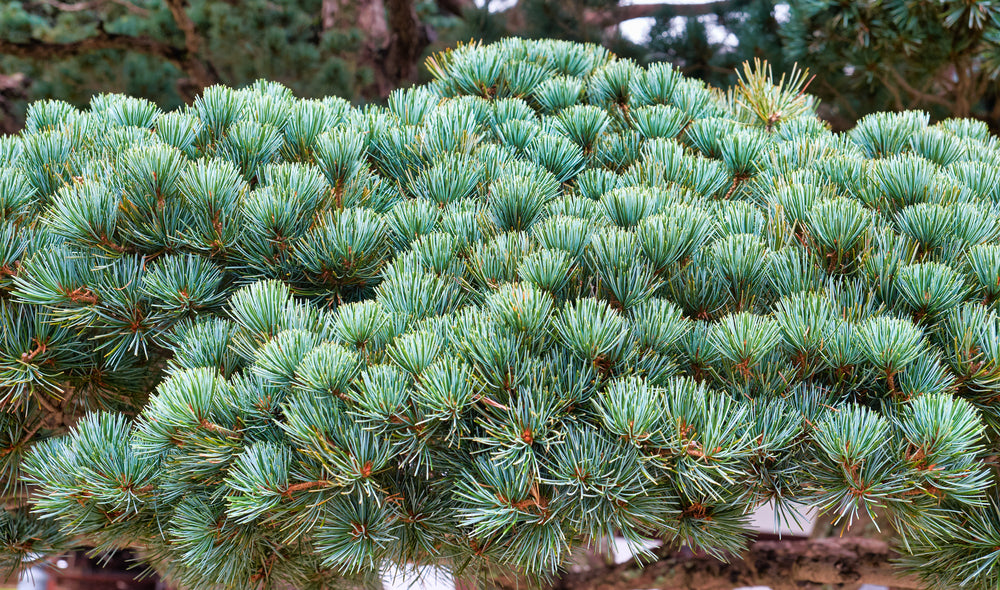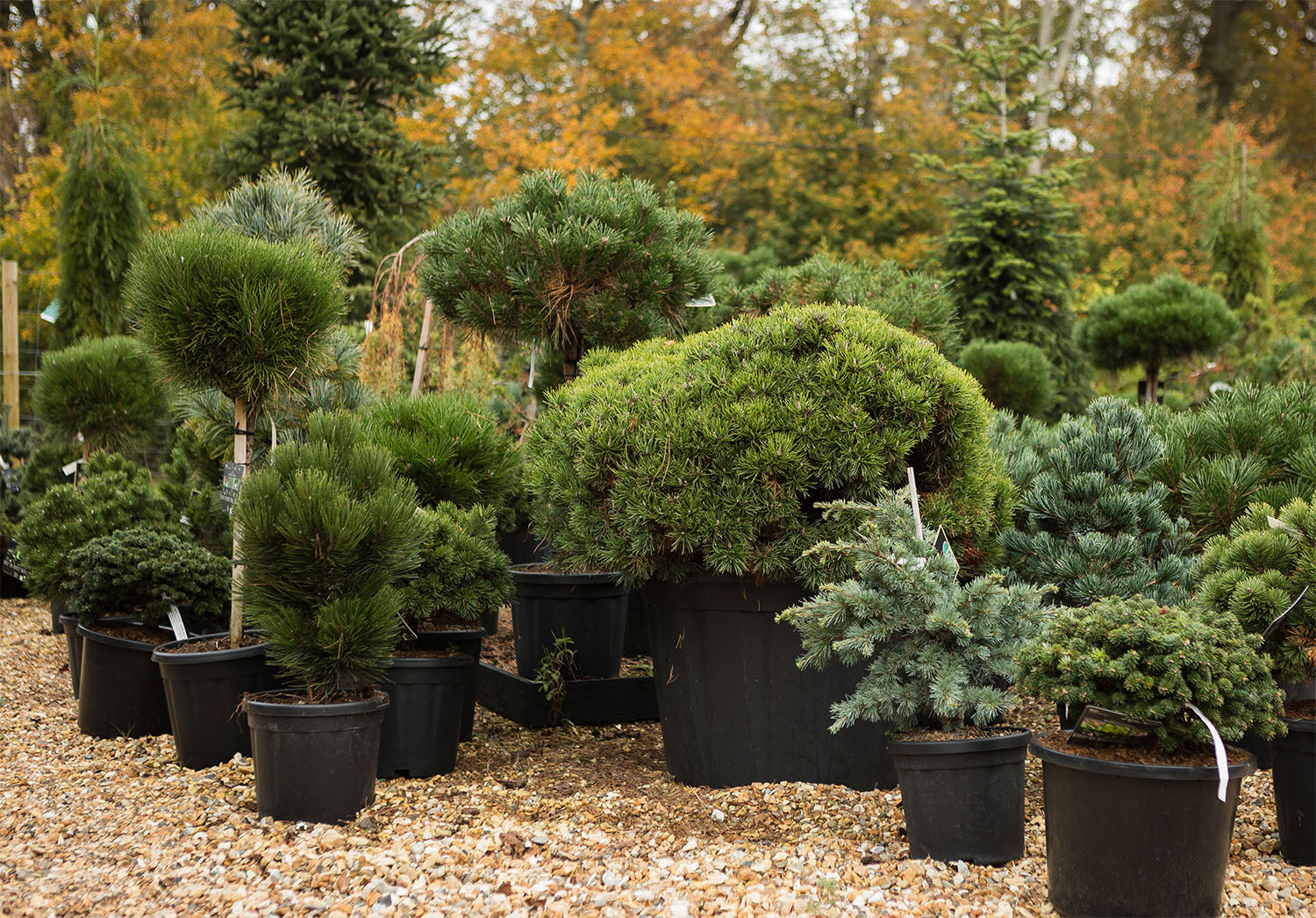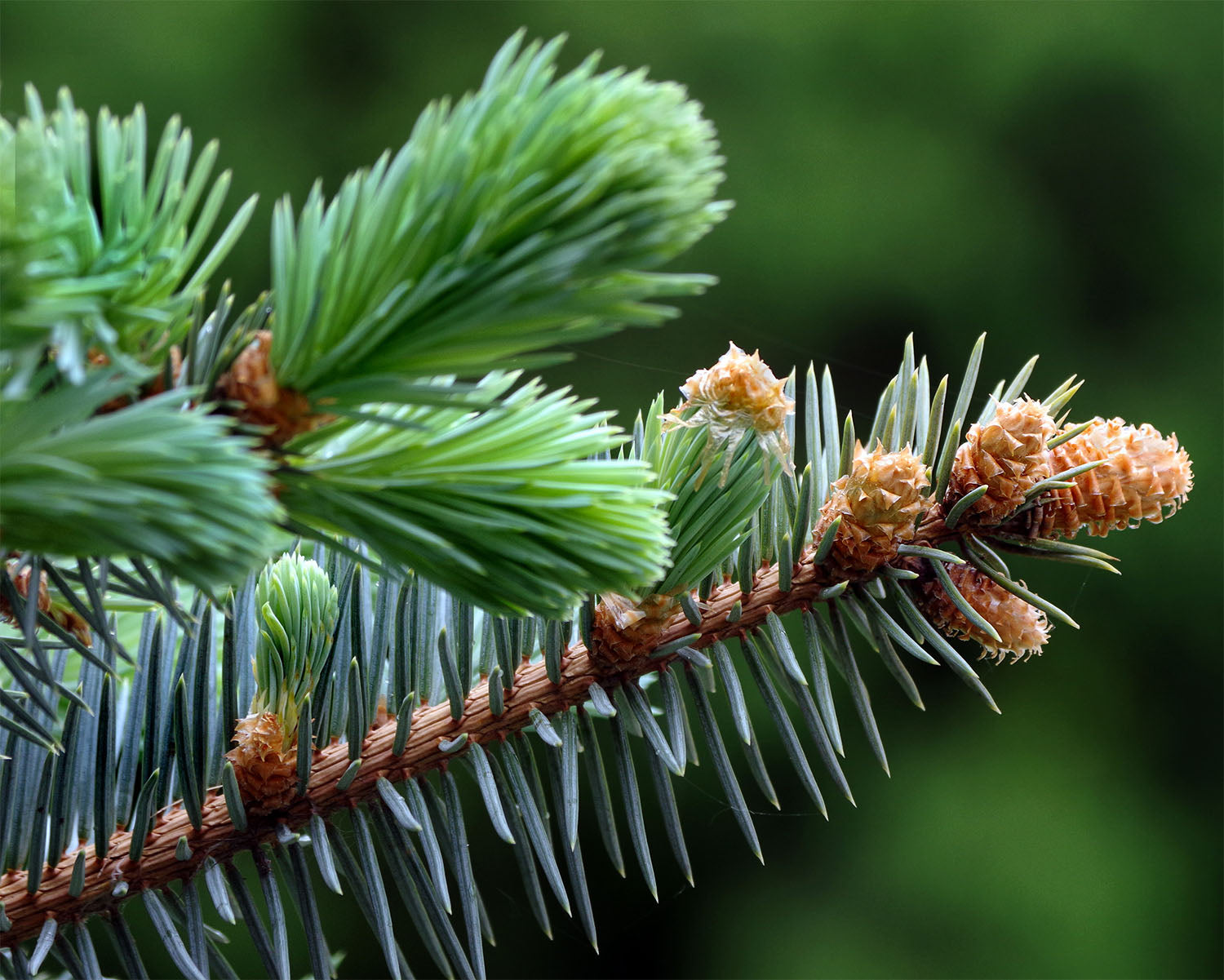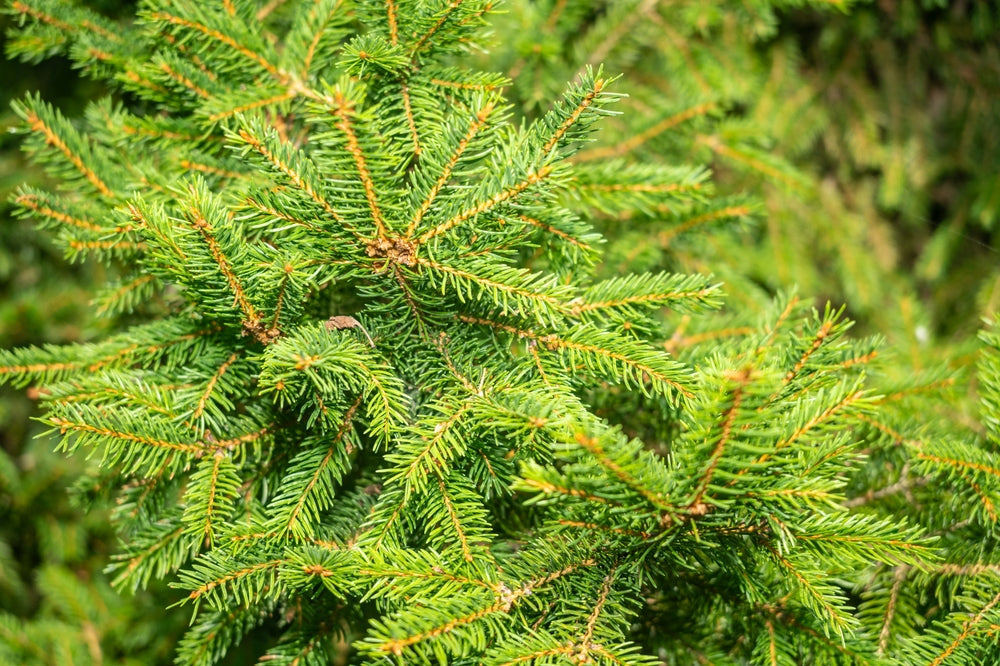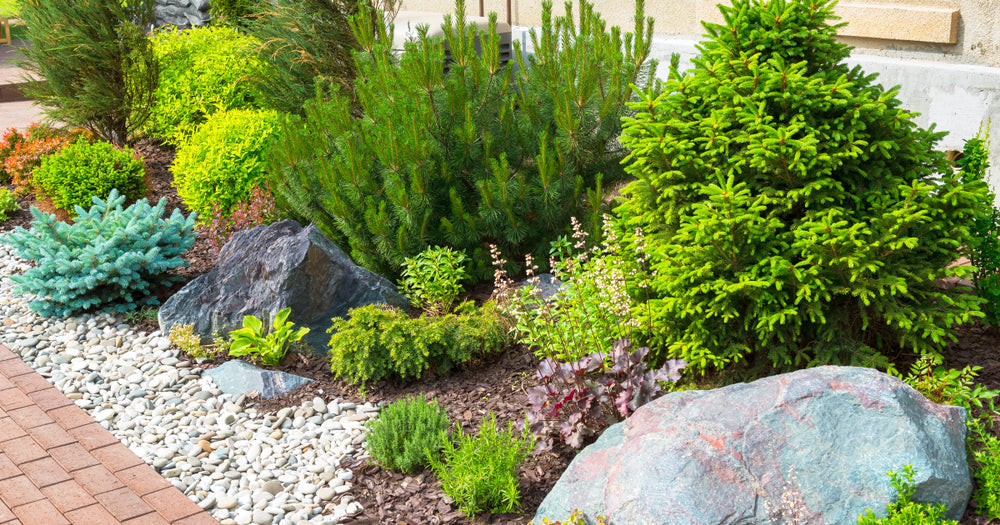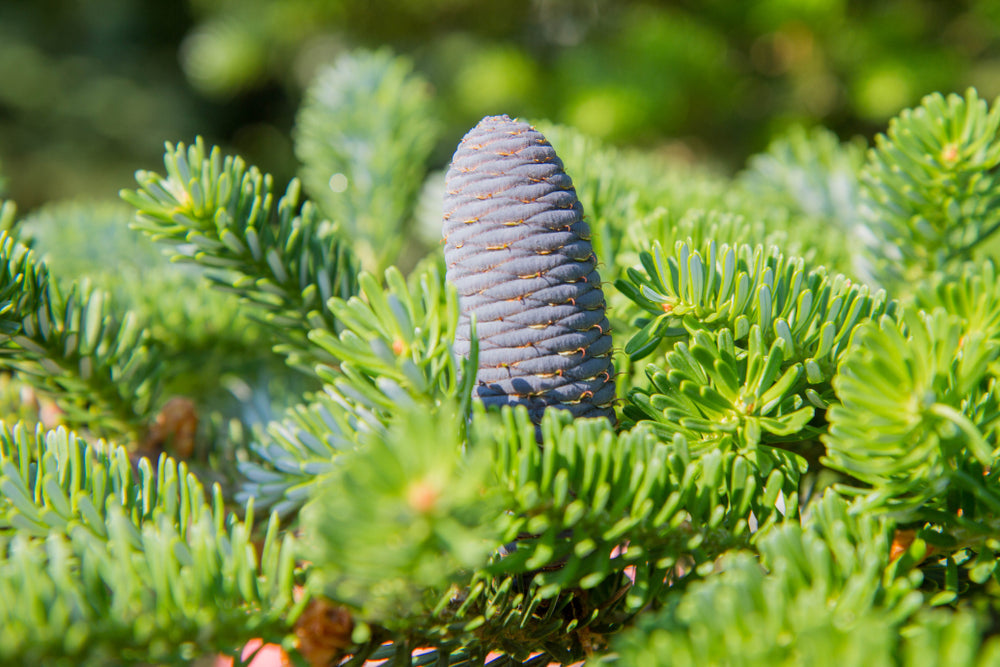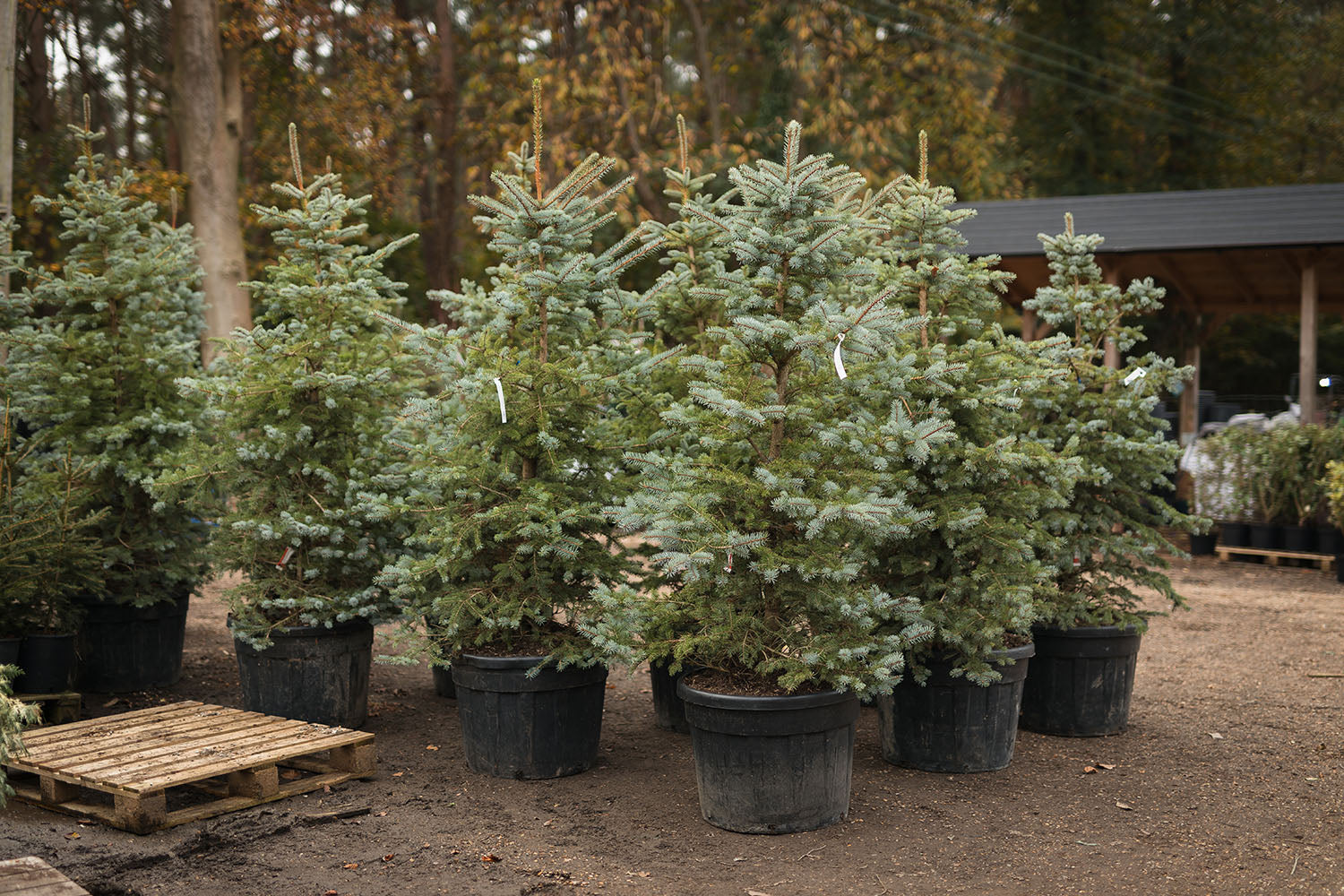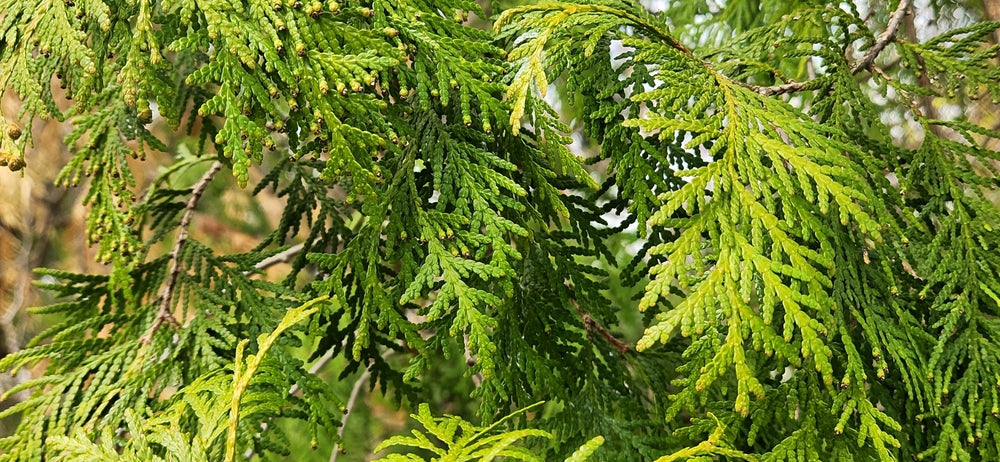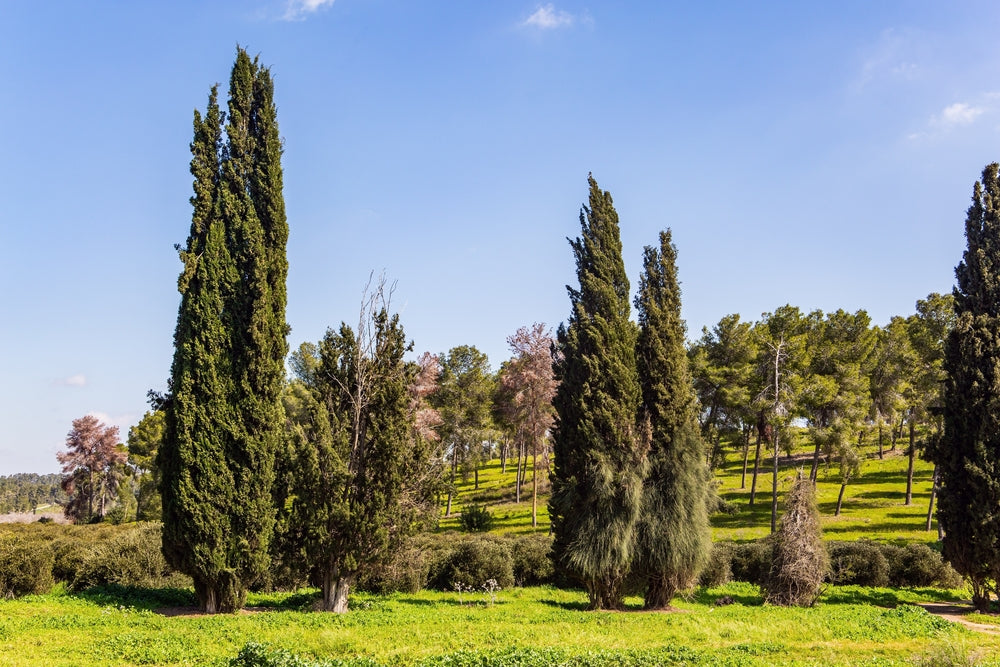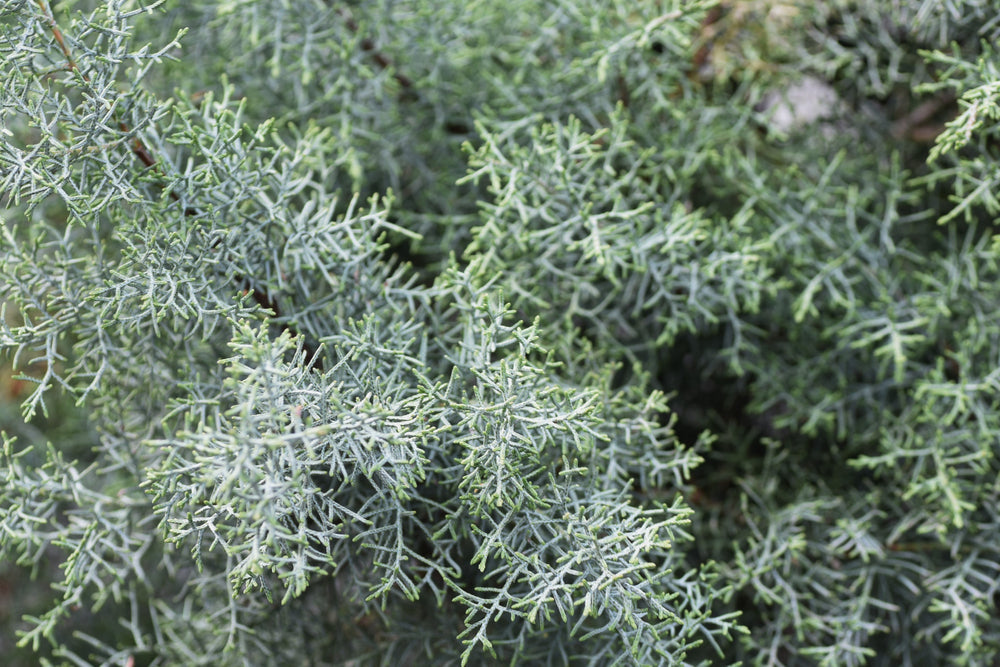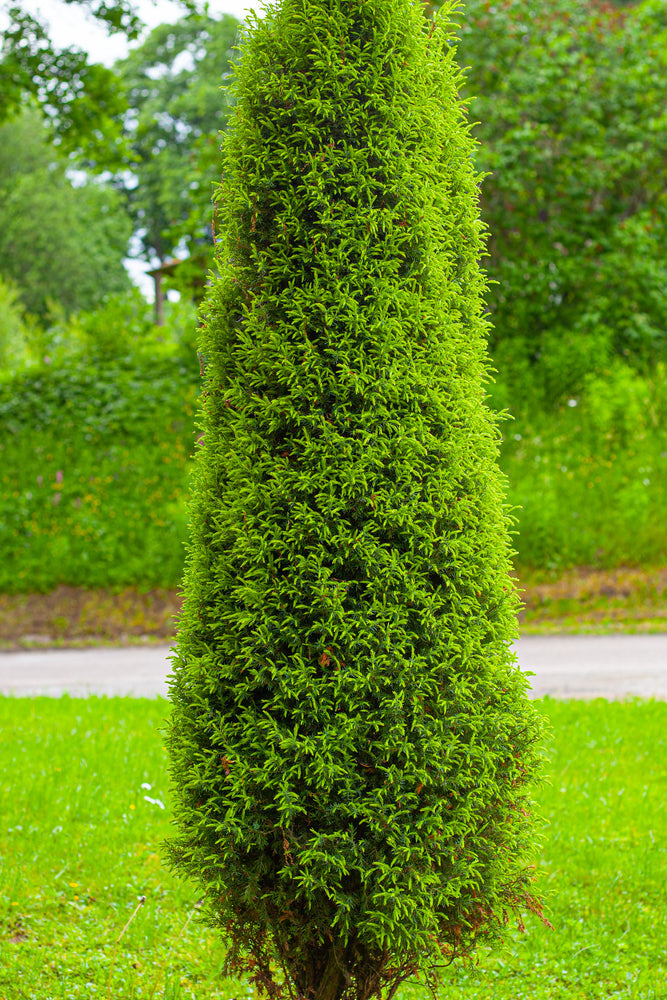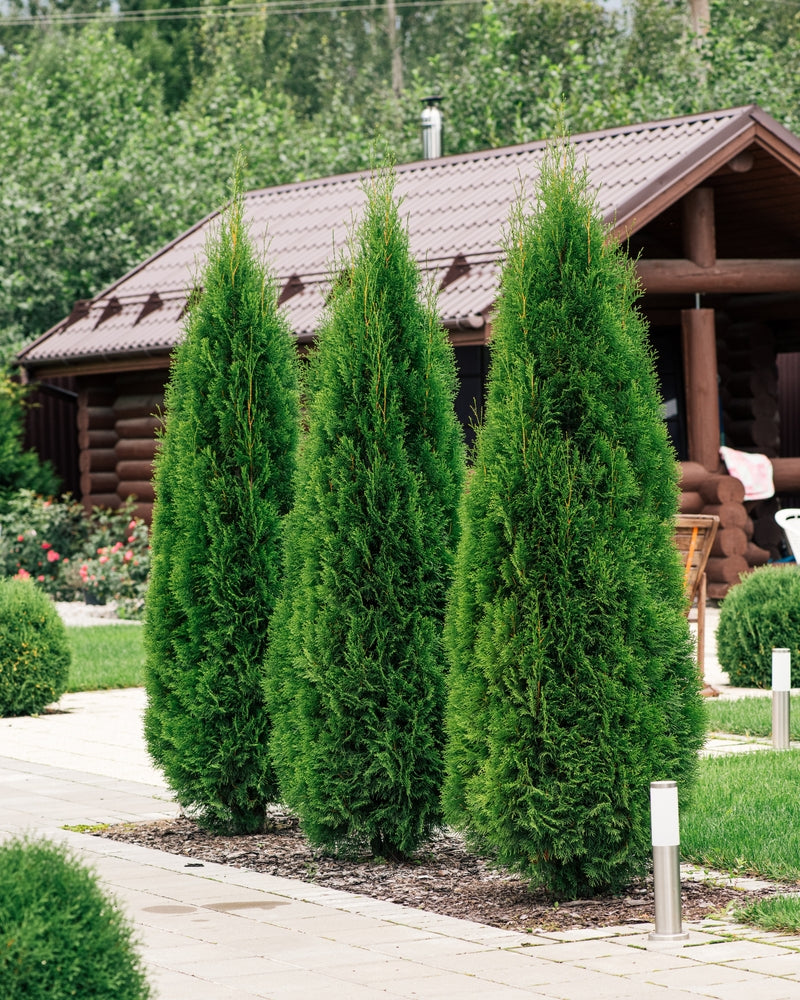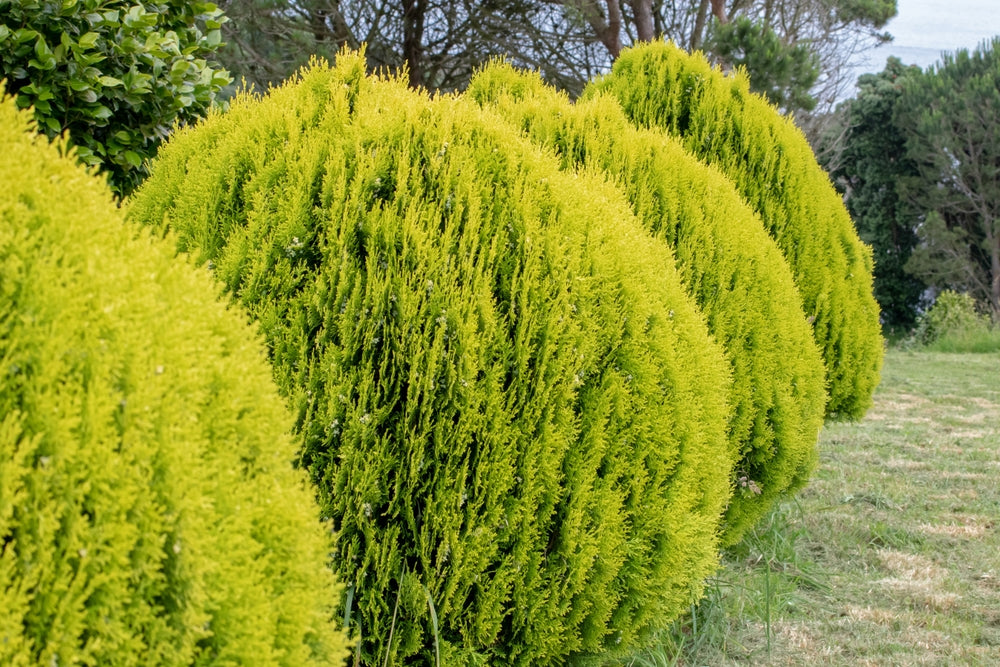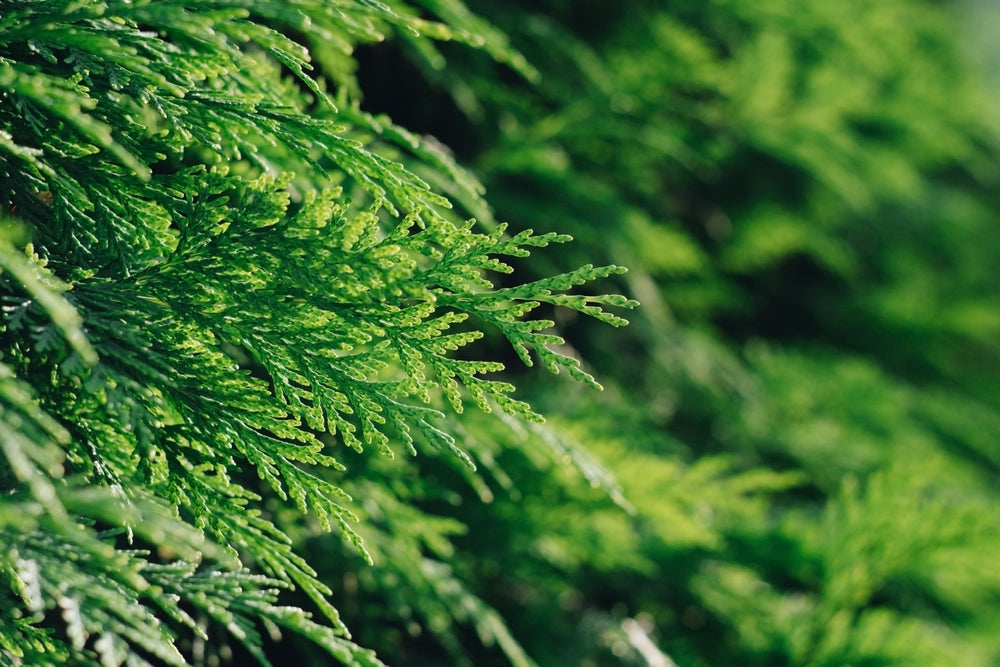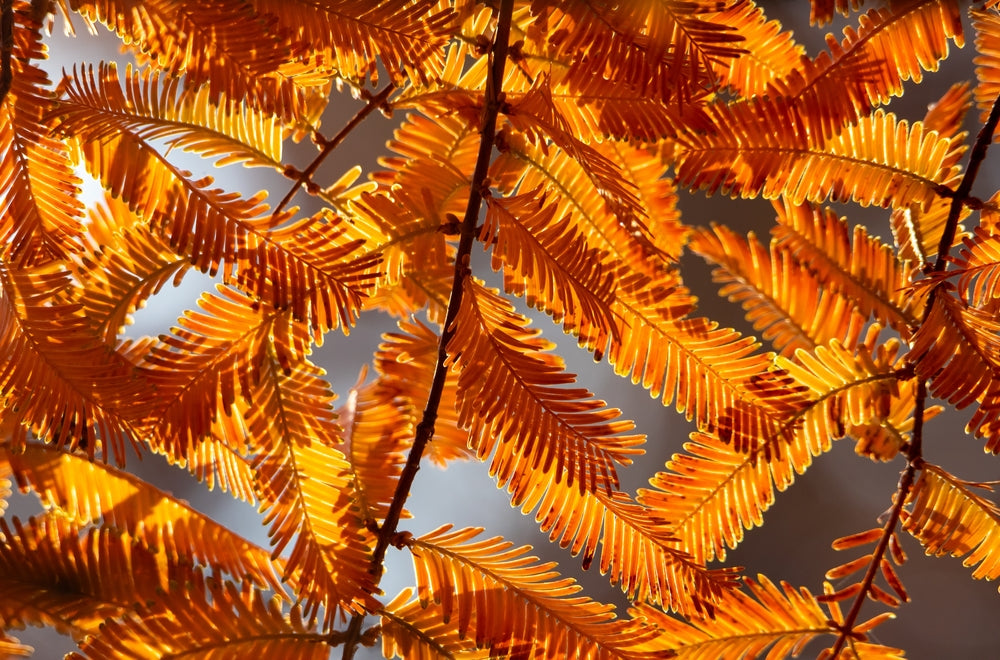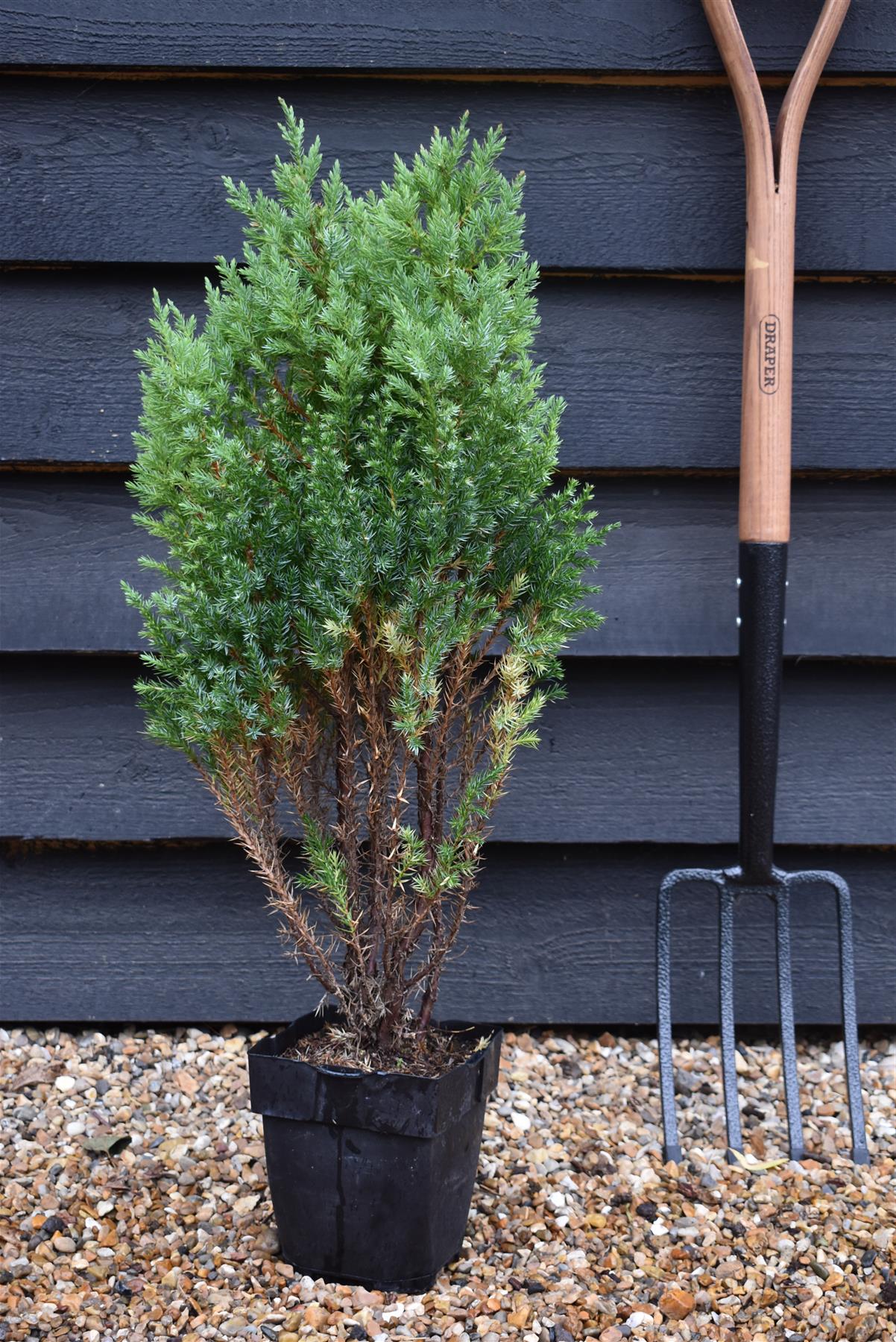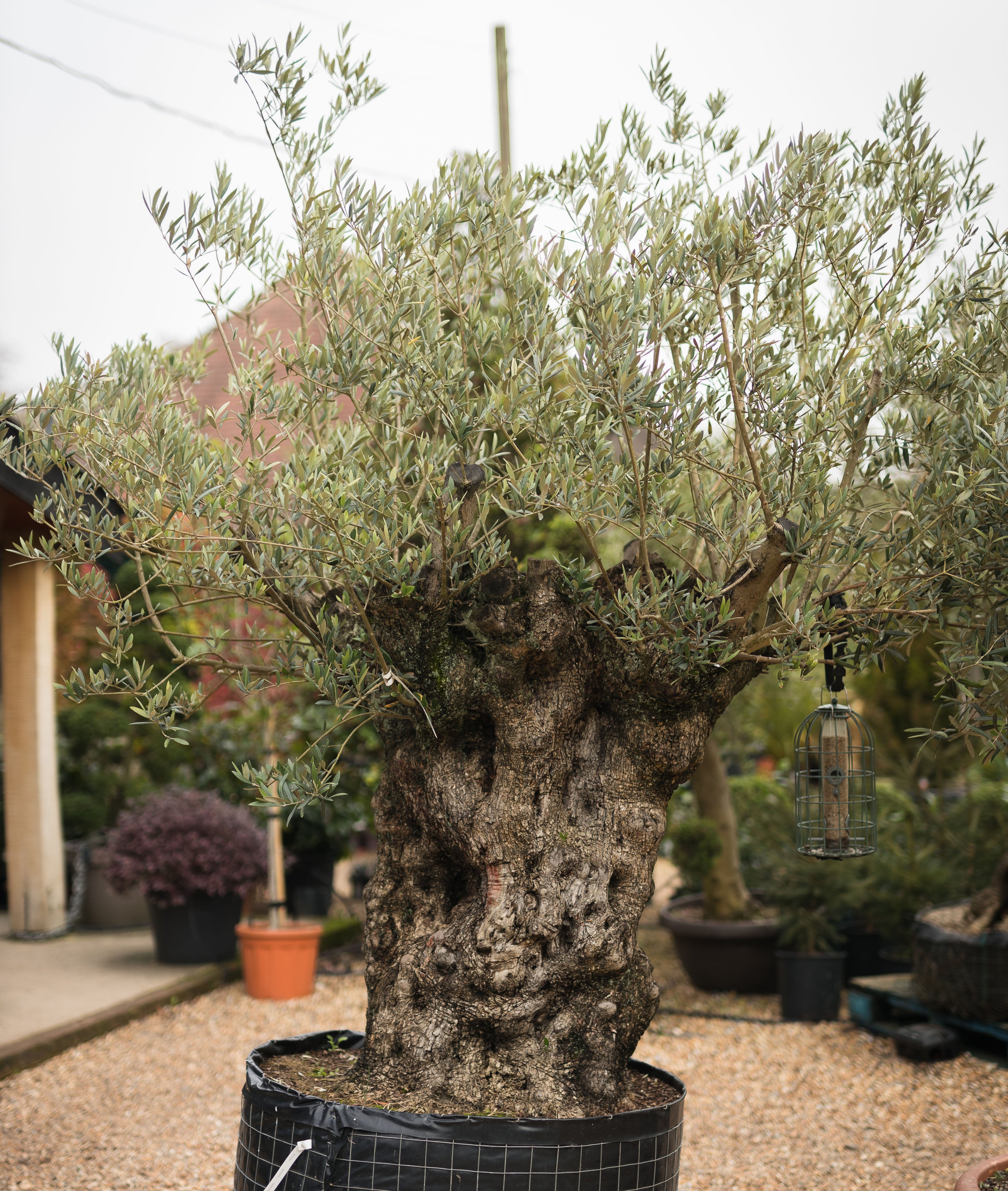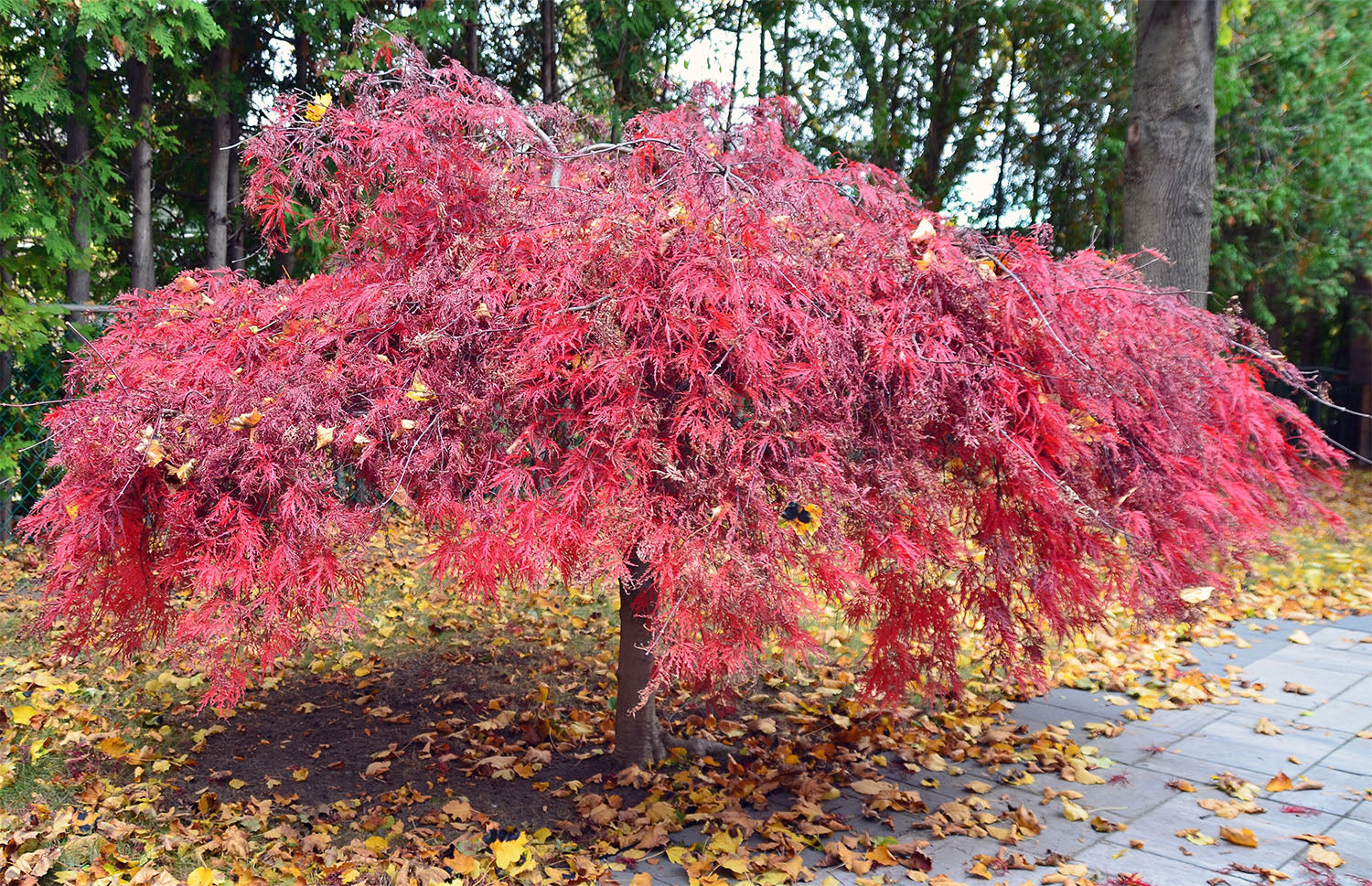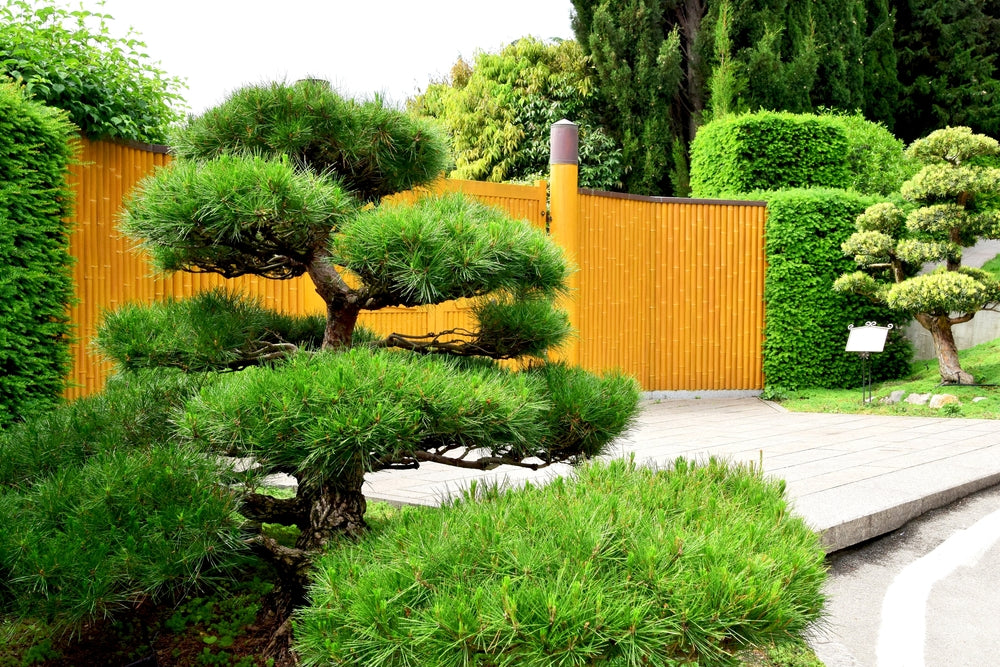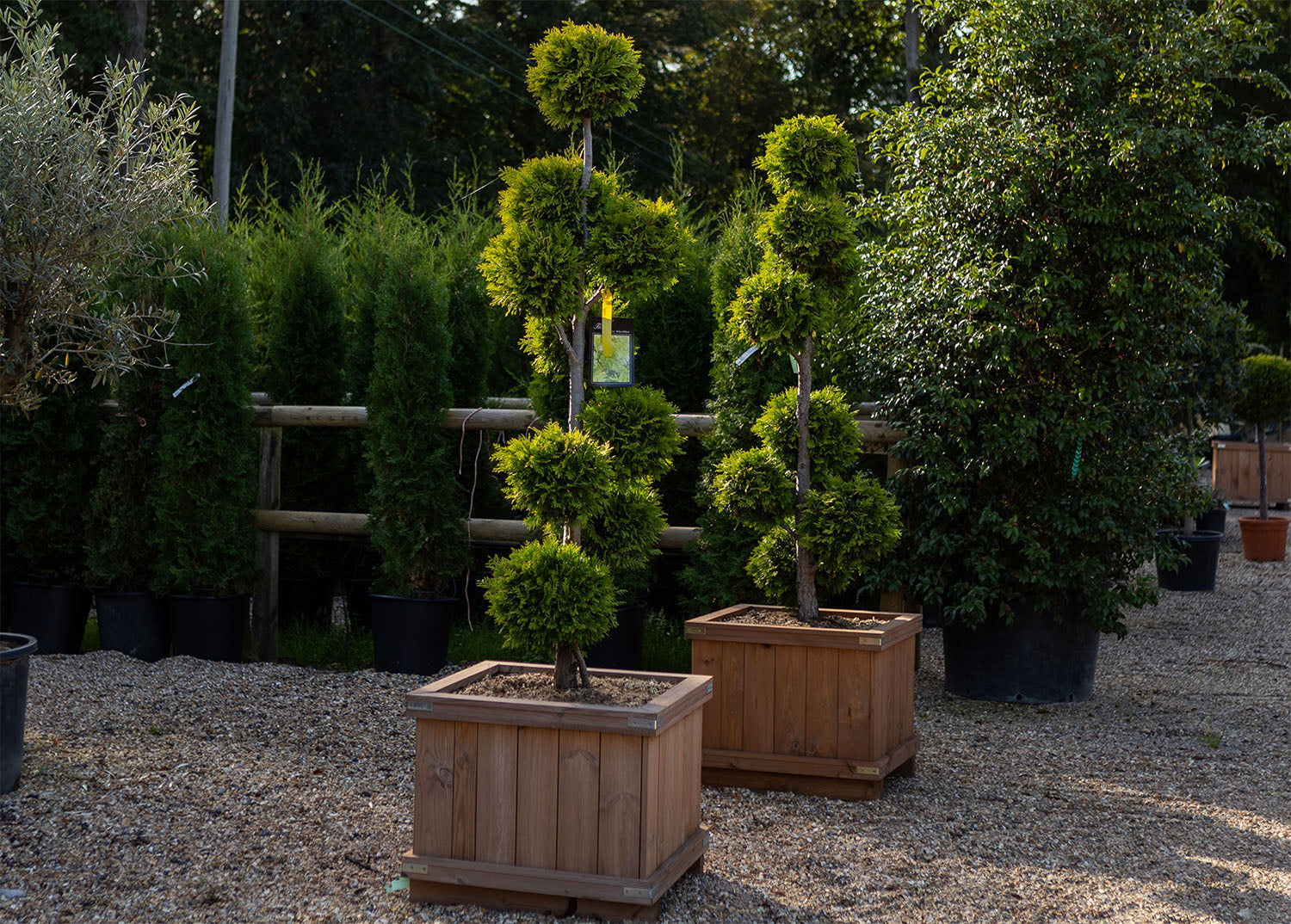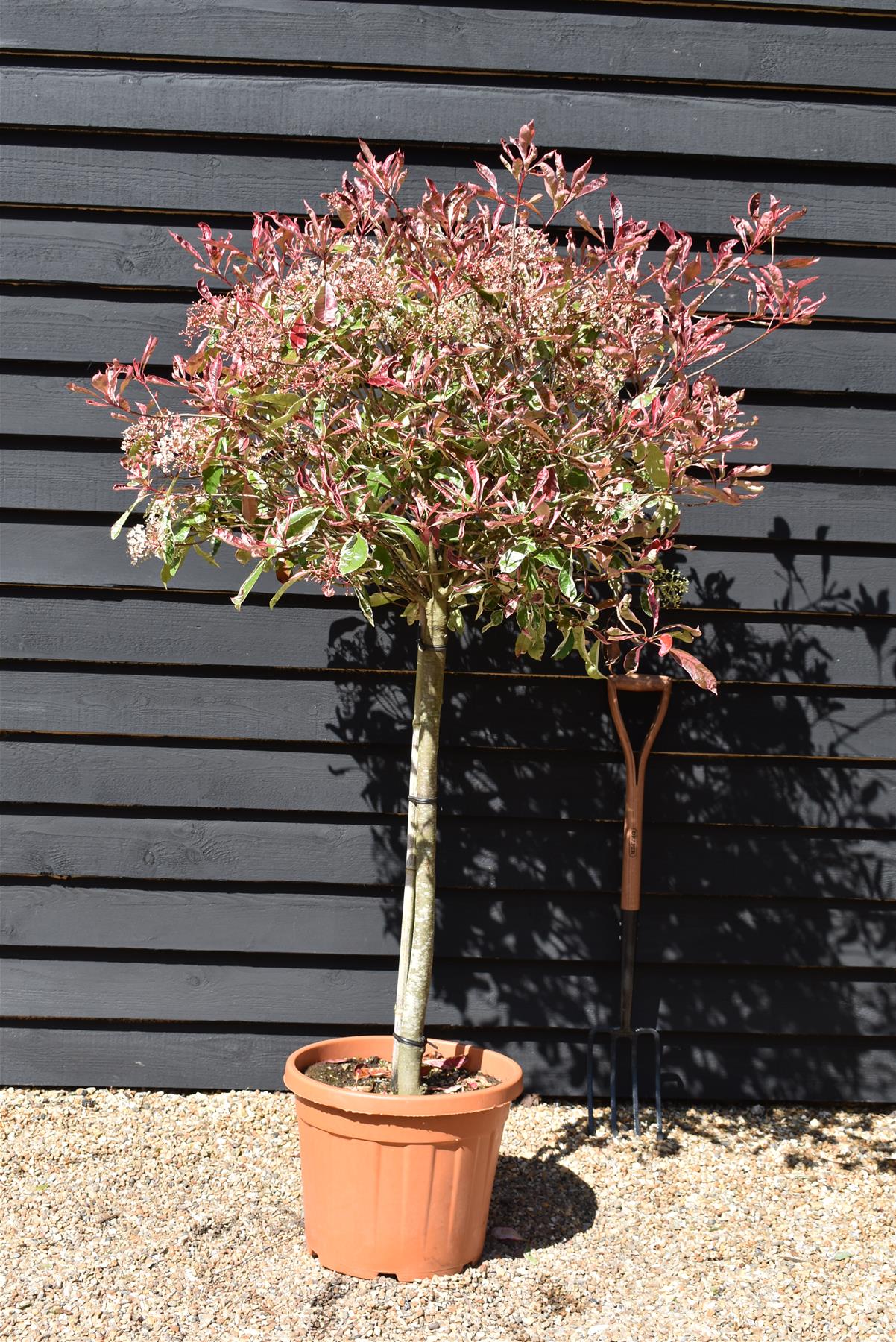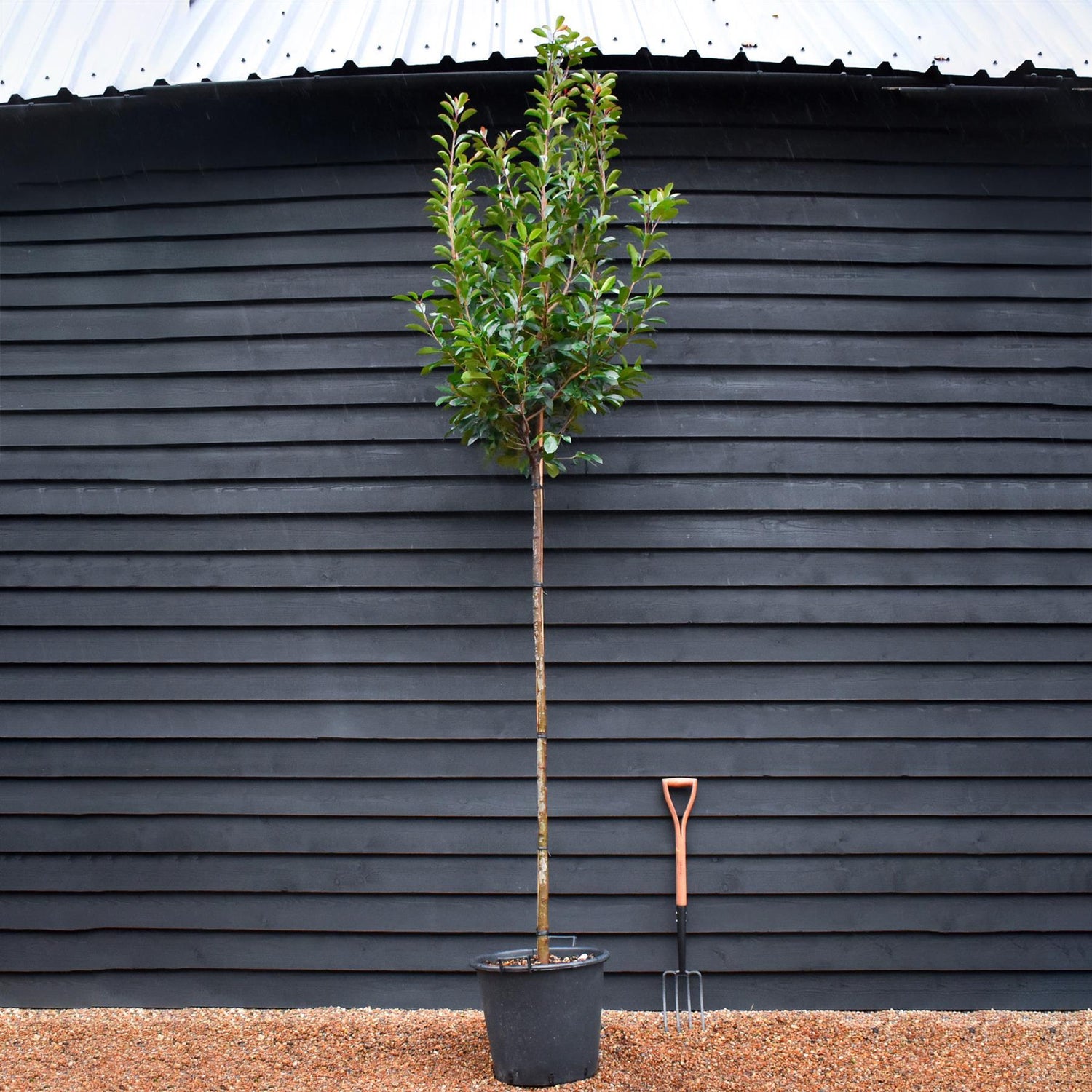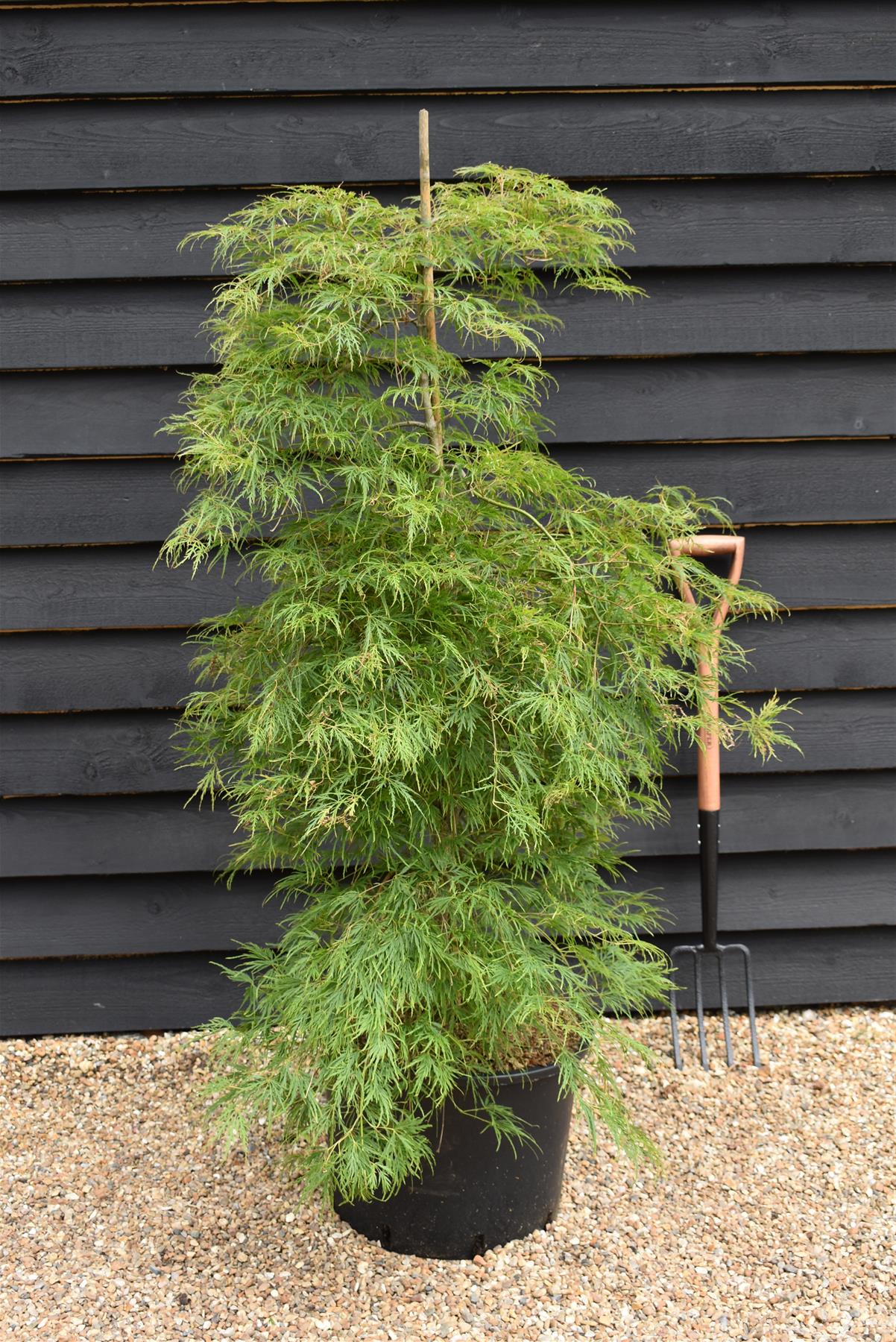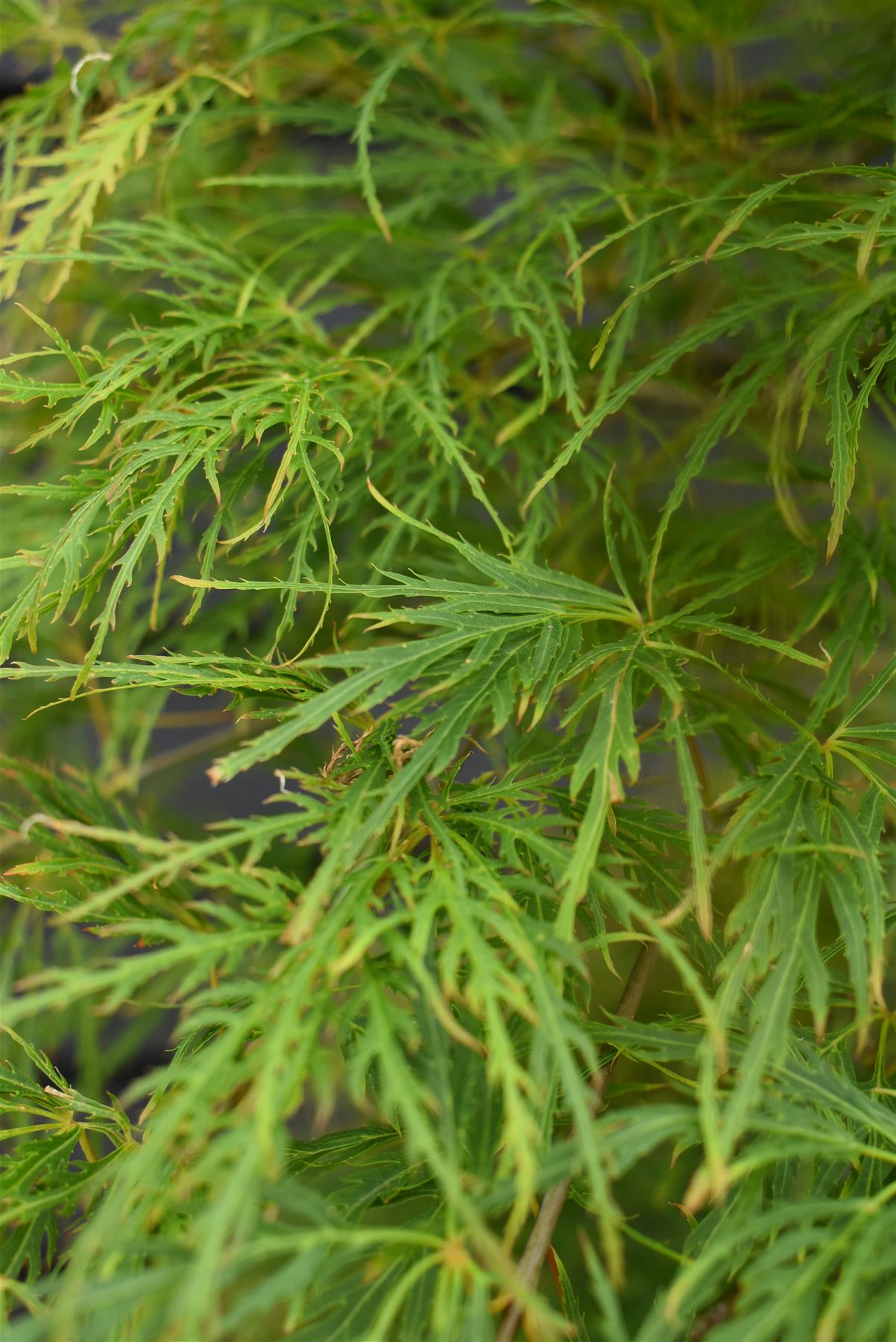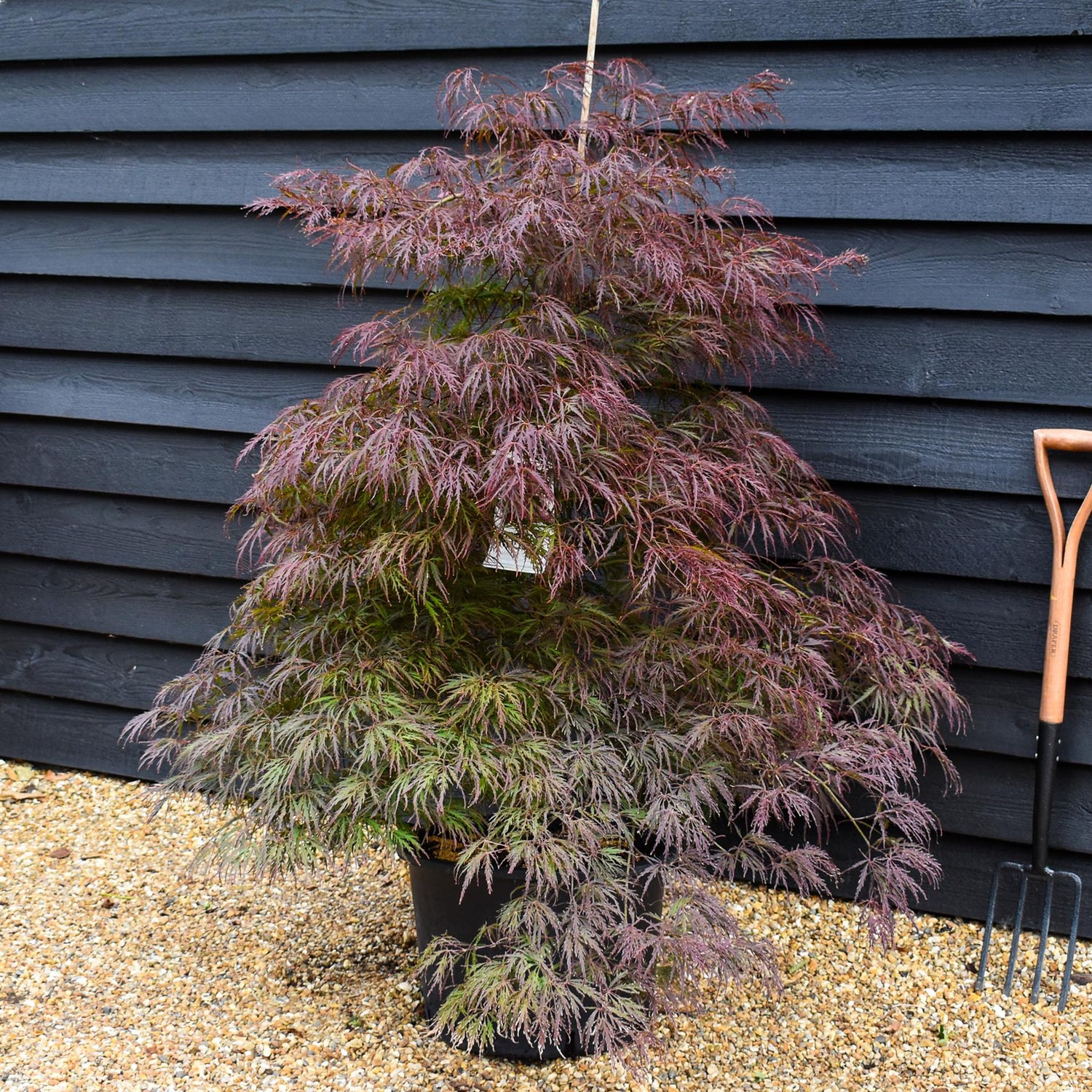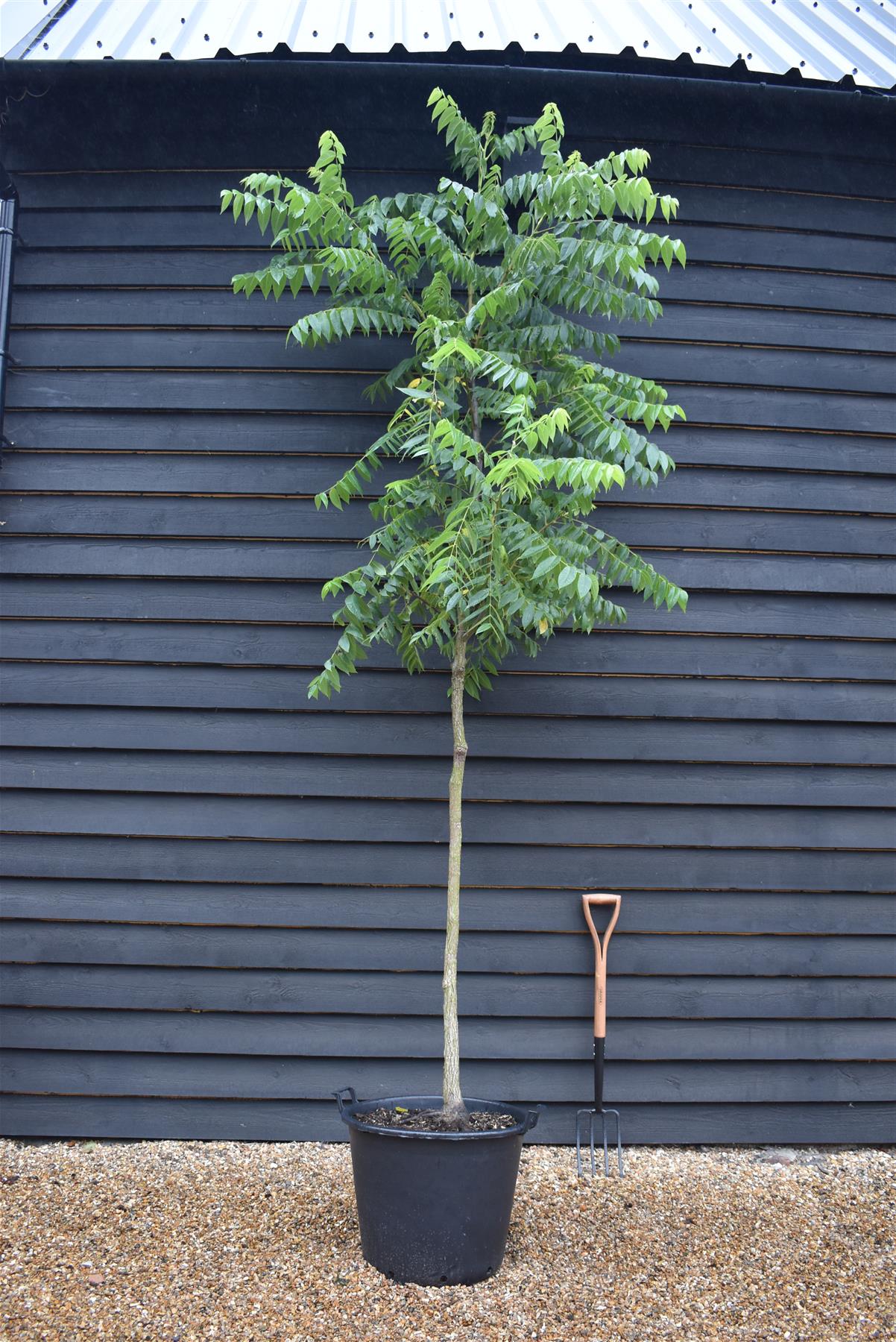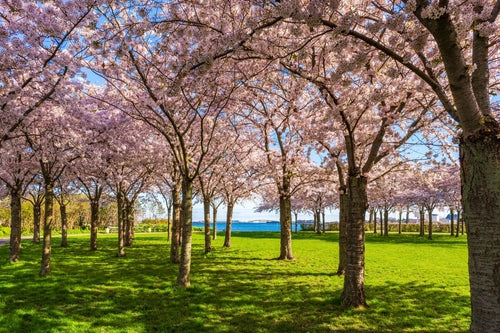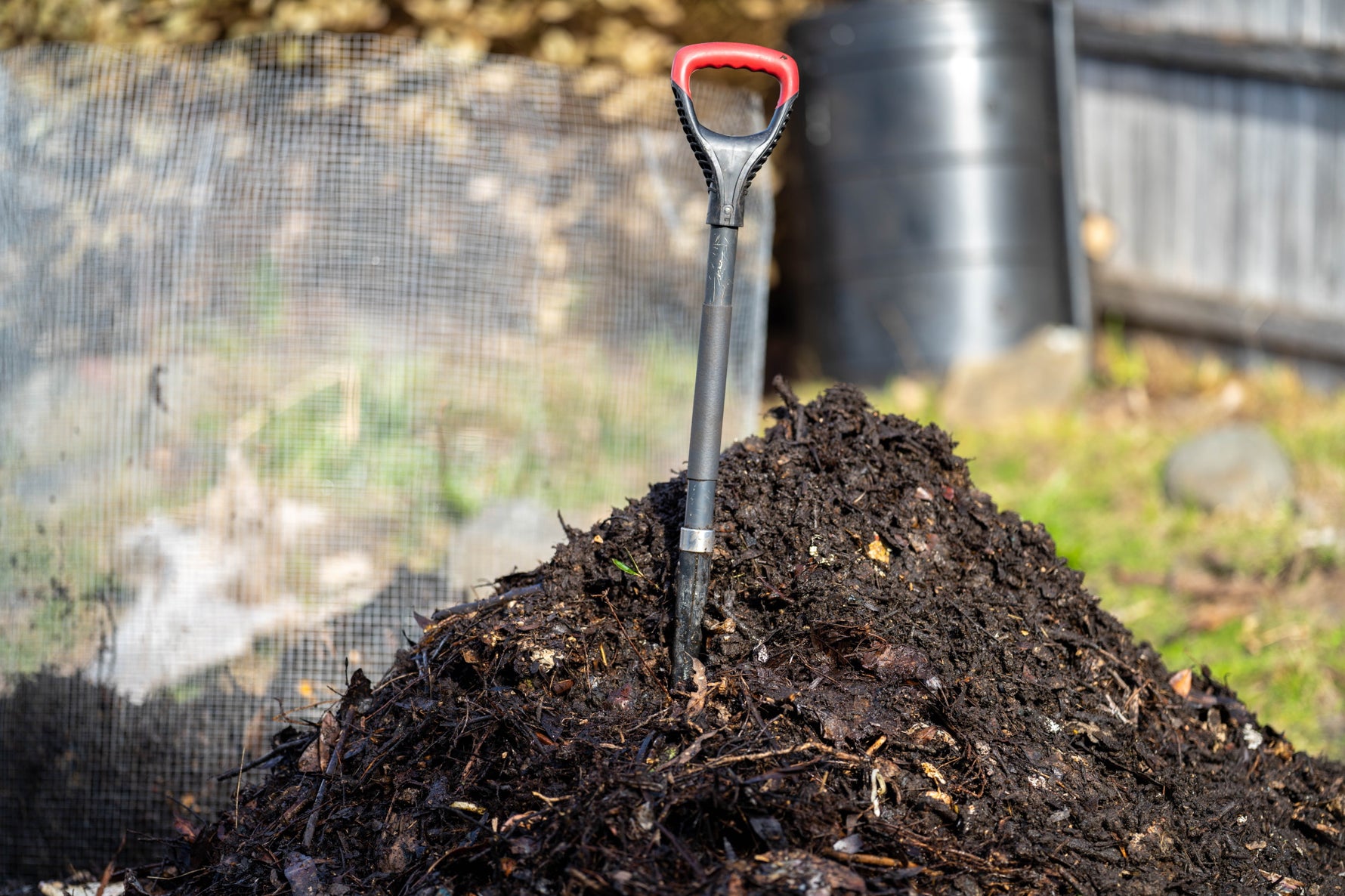785 products
785 products
Sort by:

Ilex crenata| Japanese Holly - Bonsai - 25lt
£400.00
Unit price perIlex crenata| Japanese Holly - Bonsai - 25lt
£400.00
Unit price per
Prunus subhirtella Autumnalis - Clear Stem 180cm - Girth 10-12cm - Height 300-350cm - 45lt
£400.00
Unit price perPrunus subhirtella Autumnalis - Clear Stem 180cm - Girth 10-12cm - Height 300-350cm - 45lt
£400.00
Unit price perPrunus subhirtella ‘Autumnalis’ is a small, deciduous, ornamental cherry tree, with an upright-spreading to rounded habit, and ovate, toothed, green leaves, bronze-tinted when young, orange and yellow in autumn. Masses of lovely, semi-double, pale pink to white flowers, bloom in flushes over an unusually long period of time – from late autumn to early spring. Flowers are followed by pea-sized fruits, without ornamental value, in summer. Prunus subhirtella ‘Autumnalis’ is best grown in fertile, moist, well-drained soil.
It prefers full sun and though it tolerates partial shade, best flowers are achieved in full sun. It is more tolerant of summer heat and winter cold than other flowering cherries. Generally, it has good disease resistance. Low maintenance plant, doesn’t require much pruning.
This winter flowering cherry is perfect as a specimen plant in small cottage, urban, and Japanese-style gardens. Great-looking when planted in groups. Suitable for growing in containers. Tolerant of urban conditions and excellent in streets and parks.
Prunus serrulata 'Kiku-Shidare' - Height 280-300cm - Clear Stem 150cm - Girth 10-12cm - Weeping - 45lt
£400.00
Unit price perPrunus serrulata 'Kiku-Shidare' - Height 280-300cm - Clear Stem 150cm - Girth 10-12cm - Weeping - 45lt
£400.00
Unit price perPrunus serrulata ‘Kiku Shidare’, also known as the weeping cherry ‘Kiku Shidare Zakura’, is a stunning ornamental tree ideal for adding elegance and seasonal drama to gardens. Its compact size and graceful, pendulous branches make it particularly well-suited for small to medium gardens, courtyards, or as a specimen tree in prominent positions.
In early to mid-spring, it becomes a focal point, erupting in masses of fragrant, deep pink double blossoms that create a waterfall of color. The tree typically reaches a height of 8 to 12 feet (2.5 to 3.5 meters), making it manageable and easy to incorporate into landscape designs. For best results, it should be planted in full sun to partial shade, in well-drained, fertile soil.
A sheltered spot protects its early blossoms from harsh winds or frost. Its romantic weeping habit and vivid spring display make it perfect for creating a peaceful, picturesque garden setting.
Prunus serrulata 'Taihaku' - Height 300-350cm - Clear Stem 170cm - Girth 10-12cm - 45lt
£400.00
Unit price perPrunus serrulata 'Taihaku' - Height 300-350cm - Clear Stem 170cm - Girth 10-12cm - 45lt
£400.00
Unit price perPrunus serrulata ‘Taihaku’, commonly known as the Great White Cherry, is a superb ornamental tree well-suited to spacious gardens where its striking beauty can be fully appreciated. Renowned for its large, snow-white blossoms in early to mid-spring, it creates a dramatic and uplifting focal point in the landscape. Its broad, spreading canopy—paired with bronzed young leaves that mature to green—offers both seasonal interest and dappled shade throughout the growing season.
Reaching a mature height of around 20 to 25 feet (6 to 8 meters), with a similar spread, ‘Taihaku’ is ideal for open lawns, feature planting, or lining avenues. It thrives best in full sun and moist, well-drained soil. While it is hardy and tolerant of urban pollution, it also performs well in coastal gardens, provided it is given some shelter from strong, salt-laden winds. With proper positioning, it will reward gardeners with a magnificent spring display and graceful presence all year round.
Prunus subhirtella Autumnalis Rosea - Clear Stem 140cm - Girth 10-12cm - Height 300-350cm - 45lt
£400.00
Unit price perPrunus subhirtella Autumnalis Rosea - Clear Stem 140cm - Girth 10-12cm - Height 300-350cm - 45lt
£400.00
Unit price perPrunus subhirtella ‘Autumnalis’ is a small, deciduous, ornamental cherry tree, with an upright-spreading to rounded habit, and ovate, toothed, green leaves, bronze-tinted when young, orange and yellow in autumn. Masses of lovely, semi-double, pale pink to white flowers, bloom in flushes over an unusually long period of time – from late autumn to early spring. Flowers are followed by pea-sized fruits, without ornamental value, in summer. Prunus subhirtella ‘Autumnalis’ is best grown in fertile, moist, well-drained soil.
It prefers full sun and though it tolerates partial shade, best flowers are achieved in full sun. It is more tolerant of summer heat and winter cold than other flowering cherries. Generally, it has good disease resistance. Low maintenance plant, doesn’t require much pruning.
This winter flowering cherry is perfect as a specimen plant in small cottage, urban, and Japanese-style gardens. Great-looking when planted in groups. Suitable for growing in containers. Tolerant of urban conditions and excellent in streets and parks.
Ligustrum jonandrum (Privit tree) Multi Ball - 90lt
£400.00
Unit price perLigustrum jonandrum (Privit tree) Multi Ball - 90lt
£400.00
Unit price perPhotinia Pink Marble ('Cassini') | Christmas Berry Pink Marble - 35lt
£407.00
Unit price perPhotinia Pink Marble ('Cassini') | Christmas Berry Pink Marble - 35lt
£407.00
Unit price perGleditsia triacanthos Sunburst | Honey Locust 'Sunburst' - Clear Stem - Girth 8-10cm - Height 330-350cm - 45lt
£410.00
Unit price perGleditsia triacanthos Sunburst | Honey Locust 'Sunburst' - Clear Stem - Girth 8-10cm - Height 330-350cm - 45lt
£410.00
Unit price perAesculus carnea 'Briotii' | Red Horse Chestnut - Clear Stem - Standard - Girth 8-10cm - 250-270cm - 70lt
£410.00
Unit price perAesculus carnea 'Briotii' | Red Horse Chestnut - Clear Stem - Standard - Girth 8-10cm - 250-270cm - 70lt
£410.00
Unit price perAesculus × carnea 'Briotii', commonly known as the Red Horse Chestnut, is a striking deciduous tree that is a hybrid between the common horse chestnut (Aesculus hippocastanum) and the red buckeye (Aesculus pavia). The cultivar 'Briotii' is particularly renowned for its vibrant pink-red flowers, which appear in late spring and early summer. These flowers are arranged in large, upright panicles and are a key feature that makes this tree a favourite in ornamental planting schemes.
Reaching a height of 12 to 15 metres (40 to 50 feet), Aesculus × carnea 'Briotii' forms a broad, rounded crown, with a dense canopy that provides excellent shade. Its dark green, palmate leaves consist of five leaflets and can grow up to 15 to 20 centimetres in length. In autumn, the foliage may turn yellow before falling, although the autumn colour is not as striking as in some other trees.
Unlike its parent, the common horse chestnut, the Red Horse Chestnut produces fewer fruits (conkers). The nuts that do form are small, spiny, and less abundant, making the tree a cleaner choice for gardens and streetscapes where fallen conkers can be a nuisance.
Aesculus × carnea 'Briotii' thrives best in full sun to partial shade and prefers well-drained, moist soil. It is fairly tolerant of urban pollution, making it a popular choice for parks, large gardens, and urban environments.
Overall, Aesculus × carnea 'Briotii' is valued for its aesthetic appeal, particularly the vivid blooms, and its ability to provide shade and structure in landscapes, making it a desirable ornamental tree for a variety of settings.
Ilex Nellie R Stevens | Holly 'Nellie R. Stevens' - Standard - Girth 12-14cm - Height 320-340cm - 75lt
£410.00
Unit price perIlex Nellie R Stevens | Holly 'Nellie R. Stevens' - Standard - Girth 12-14cm - Height 320-340cm - 75lt
£410.00
Unit price perPhotinia x fraseri Red Robin - Clear Stem - Girth 8-10cm - Height - 300-320cm - 70lt
£410.00
Unit price perPhotinia x fraseri Red Robin - Clear Stem - Girth 8-10cm - Height - 300-320cm - 70lt
£410.00
Unit price perhotinia x fraseri 'Red Robin' is a New Zealand selection of Fraser's Photinia. It’s a large, evergreen shrub or small tree with leathery, oval, glossy, brilliant, bright red leaves when they emerge, and dark green after several weeks. Small, 5-petal, white flowers bloom in spring and are rarely followed by red fruits which can persist throughout winter. Spring pruning eliminates flowers and stimulates new red growth. Photinia x fraseri 'Red Robin' grows best in average, fertile, slightly acidic, medium moisture, well-drained soils, but is adaptable to a wide range of soils, except waterlogged and compact. Once established, it is resistant of frost and drought. Young leaves may be damaged by late frosts, therefore it should be sheltered, especially from harsh winds. Low maintenance plant. Photinia x fraseri 'Red Robin' is a very popular evergreen shrub, great as a specimen or accent plant, but perfect for hedges and screens, useful for noise reduction, or wind protection.
Cercidiphyllum japonicum | Japanese Katsura Tree - Clear Stem - Girth 8-10cm - Height 340-360cm - 45lt
£410.00
Unit price perCercidiphyllum japonicum | Japanese Katsura Tree - Clear Stem - Girth 8-10cm - Height 340-360cm - 45lt
£410.00
Unit price perAesculus hippocastanum | Horse Chestnut - Girth 8-10cm - Height 230-250cm - 45lt
£410.00
Unit price perAesculus hippocastanum | Horse Chestnut - Girth 8-10cm - Height 230-250cm - 45lt
£410.00
Unit price perThe Aesculus hippocastanum, commonly known as the horse chestnut, is a deciduous tree native to the Balkan Peninsula in Southeast Europe. This majestic tree, widely cultivated throughout the UK, is celebrated for its striking appearance and historical significance.
Horse chestnuts can grow up to 30 meters tall, boasting a broad, rounded canopy that provides ample shade. The bark is greyish-brown, developing scaly plates with age. Its leaves are large and palmately compound, typically composed of five to seven leaflets radiating from a central point, resembling an open hand.
In spring, the horse chestnut produces magnificent conical flower clusters, known as inflorescences or 'candles'. These are composed of numerous small, white flowers with red or yellow blotches at the base of the petals. The flowers are hermaphroditic, containing both male and female reproductive organs, and are highly attractive to pollinators, particularly bees.
The tree's fruit, commonly referred to as conkers, develop within a spiky green husk. When mature, the husks split open to reveal the shiny brown seeds inside. Conkers are a familiar sight in autumn and are traditionally used in children's games.
The Aesculus hippocastanum is a remarkable tree, known for its impressive stature, distinctive leaves, and iconic conkers, making it a beloved feature in parks, gardens, and streetscapes across the UK.
Ilex crenata 'Kinme' - Bonsai - Double Stem - Cloud - Height 130-150cm - 30lt
£415.00
Unit price perIlex crenata 'Kinme' - Bonsai - Double Stem - Cloud - Height 130-150cm - 30lt
£415.00
Unit price perChamaerops Compacta - Height 80-90cm - Shrub - 50lt
£418.00
Unit price perChamaerops Compacta - Height 80-90cm - Shrub - 50lt
£418.00
Unit price perChamaerops compacta, a compact form of the Mediterranean fan palm, is an excellent choice for gardens where space is limited but a bold, architectural plant is desired. Its compact, clumping growth habit makes it particularly suitable for small gardens, courtyards, patios, and container planting. With its dense arrangement of fan-shaped, leathery green leaves, it adds texture and structure to planting schemes and pairs well with both modern and Mediterranean-style garden designs.
This palm is extremely hardy for a palm species, tolerating temperatures down to -10°C (14°F), making it suitable for temperate climates. It prefers full sun but can adapt to part shade, and thrives in well-drained soil. Once established, it is drought-tolerant, making it a low-maintenance choice for water-wise gardens.
Chamaerops compacta’s naturally tidy, clump-forming habit means it rarely needs pruning, and it remains relatively low in height, typically reaching 1–1.5 meters. It also resists wind and salt, making it a good option for coastal gardens. Whether used as a focal point, a textural accent, or part of a mixed border, this palm brings year-round interest and resilience to the garden.
Acer palmatum dissectum | laceleaf Japanese maple - Bushy - Height 130-150cm - 35lt
£420.00
Unit price perAcer palmatum dissectum | laceleaf Japanese maple - Bushy - Height 130-150cm - 35lt
£420.00
Unit price perAcer palmatum dissectum, commonly known as the lace leaf Japanese maple, is a popular ornamental tree renowned for its intricate, finely divided foliage. This deciduous shrub or small tree is part of the Aceraceae family and originates from Japan, Korea, and China. It typically grows to a height of 2 to 3 meters (6 to 10 feet) with a similar spread, making it a perfect choice for small gardens and container planting.
The leaves of Acer palmatum dissectum are deeply lobed and serrated, resembling delicate lace. Throughout the seasons, the foliage transitions from a vibrant green in spring and summer to spectacular shades of red, orange, and purple in autumn, providing year-round interest. The tree's cascading, weeping habit adds an elegant and graceful element to any landscape design.
Acer palmatum dissectum prefers a position in partial shade with well-drained, moist soil. It is relatively low-maintenance, requiring minimal pruning to maintain its shape. This tree is also known for its resilience to pests and diseases. Its compact size and striking appearance make it an excellent choice for adding structure and colour to garden borders, patios, and rockeries in British gardens.
Acer palmatum 'Garnet' | Japanese Maple 'Garnet' - Bushy - Height 120-140cm - 35lt
£420.00
Unit price perAcer palmatum 'Garnet' | Japanese Maple 'Garnet' - Bushy - Height 120-140cm - 35lt
£420.00
Unit price perThe Acer palmatum 'Garnet', commonly known as the Japanese Maple 'Garnet', is a captivating and popular deciduous tree renowned for its stunning foliage. This small, graceful tree features deeply dissected leaves with a delicate, lacy appearance, emerging as vibrant crimson-red in the spring. Throughout the summer, the foliage maintains its rich garnet hue, providing a striking contrast against the greenery of other plants. In autumn, the leaves transition to a brilliant scarlet, adding a spectacular splash of color to the landscape.
'Garnet' grows slowly, typically reaching a height and spread of 2-3 meters, making it an excellent choice for smaller gardens, patios, or as a focal point in larger landscapes. It thrives in well-drained, slightly acidic soil and prefers a sheltered location with partial shade, although it can tolerate full sun if given adequate moisture.
This cultivar is relatively low-maintenance, requiring minimal pruning to maintain its shape and health. It is also resistant to most pests and diseases. The Acer palmatum 'Garnet' is highly valued for its year-round interest and ability to provide a touch of elegance and serenity to any garden setting. Its unique foliage and compact form make it a perfect addition to Japanese-style gardens, rockeries, and mixed borders.
Juglans Nigra - Black Walnut Tree - Clear Stem - Standard - Girth 10-12cm - 300-320cm - 70lt
£420.00
Unit price perJuglans Nigra - Black Walnut Tree - Clear Stem - Standard - Girth 10-12cm - 300-320cm - 70lt
£420.00
Unit price perJuglans nigra, commonly known as the black walnut, is a large deciduous tree native to North America, particularly found in the eastern and central United States. It belongs to the Juglandaceae family, which also includes other walnut and hickory species. The tree is well known for its rich, dark brown to black heartwood, prized for its beauty, durability, and workability in furniture making and cabinetry.
The black walnut tree can grow to impressive heights, often reaching 30 to 40 metres tall, with a trunk diameter of up to 1.5 metres. The bark is deeply furrowed, dark grey to almost black, and has a rugged texture. Its compound leaves are pinnate, usually comprising 15 to 23 leaflets that are finely toothed and emit a distinctive aromatic scent when crushed. These leaves turn a golden yellow in the autumn.
One of the most notable features of Juglans nigra is its edible nut, enclosed in a thick, greenish-brown husk that eventually turns black as it matures. The nuts are difficult to crack but are highly valued for their rich flavour, commonly used in baking and cooking. Wildlife, including squirrels and birds, also consume the nuts, making the tree an important source of food in its ecosystem.
Showing 594/785


